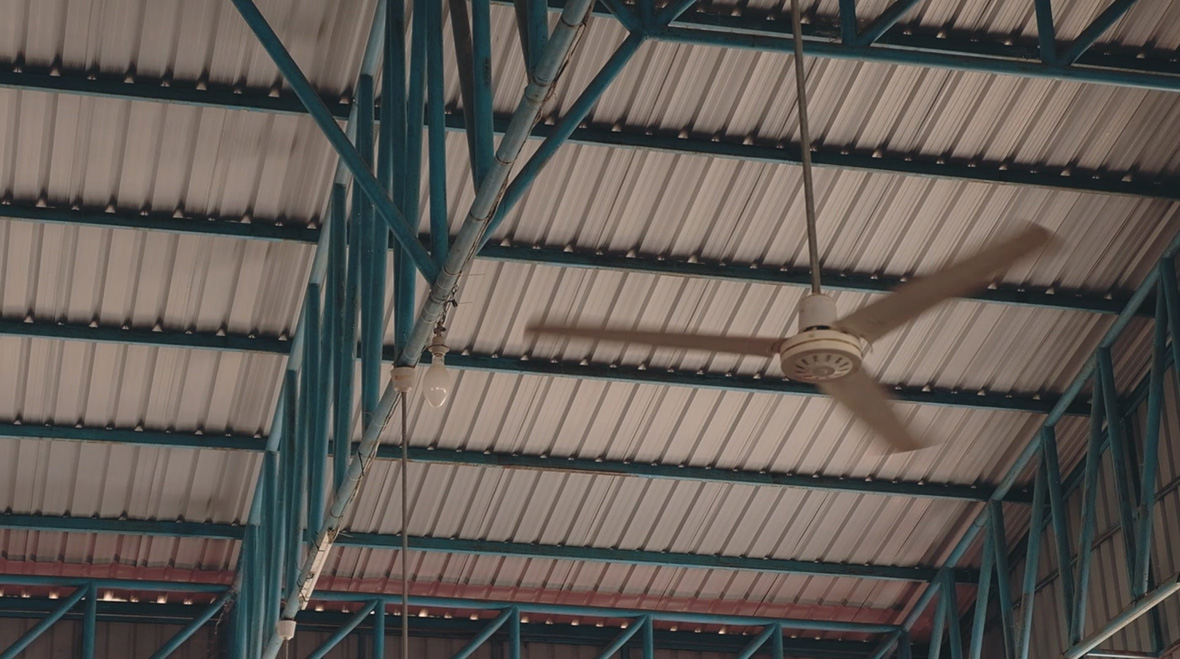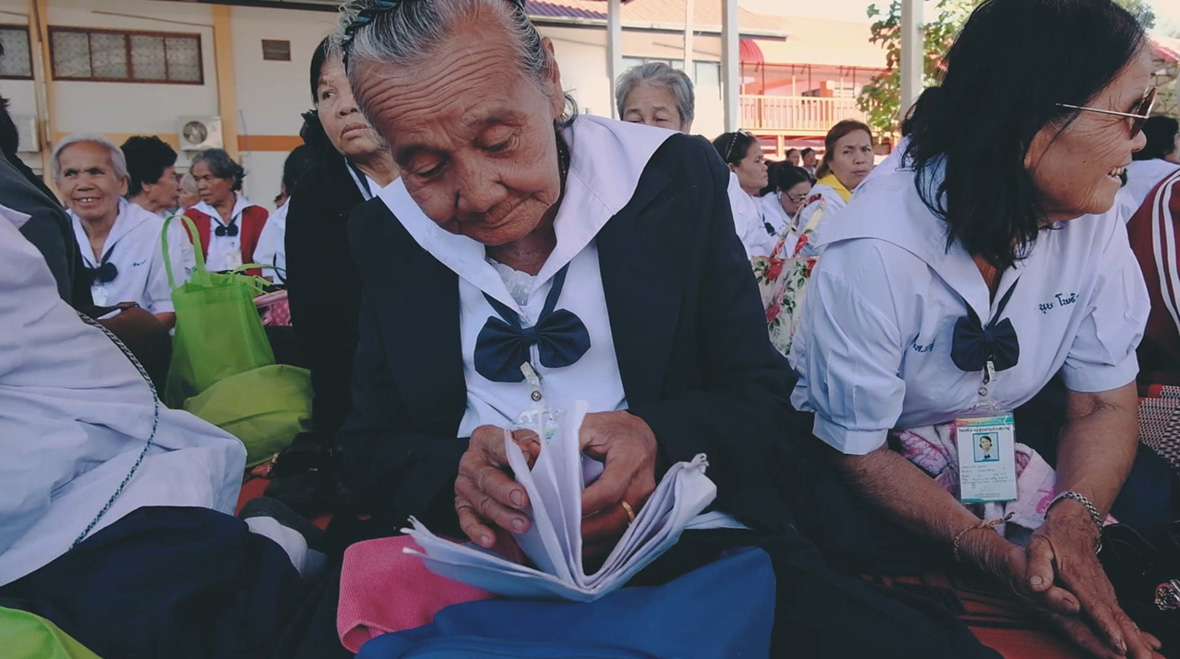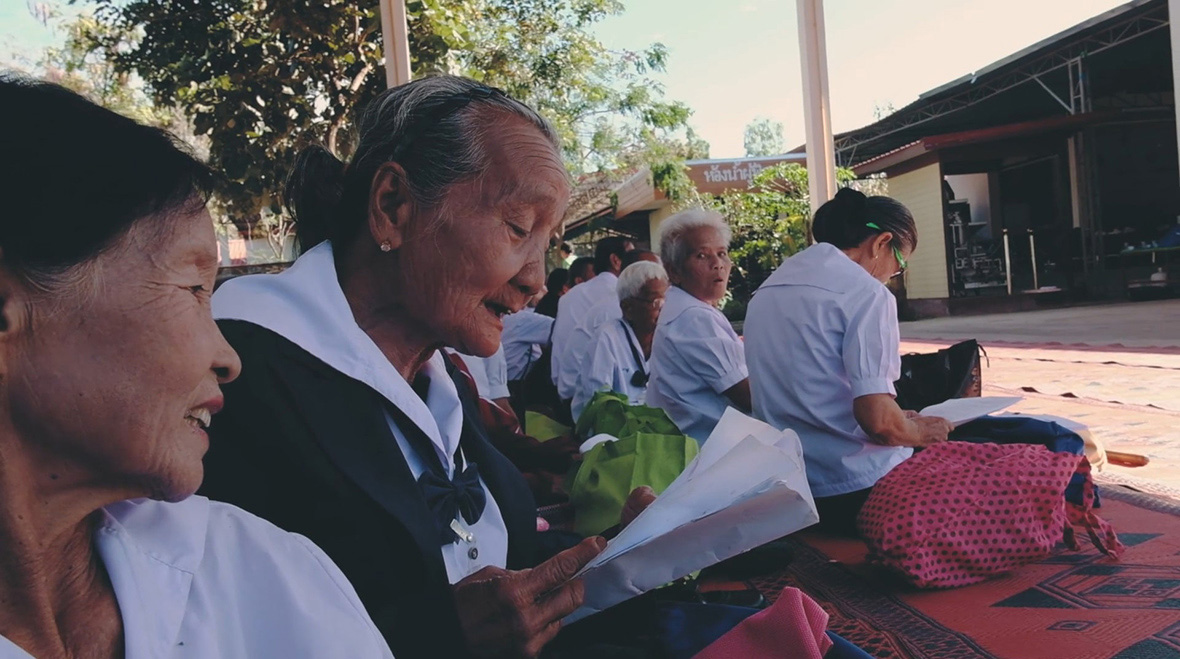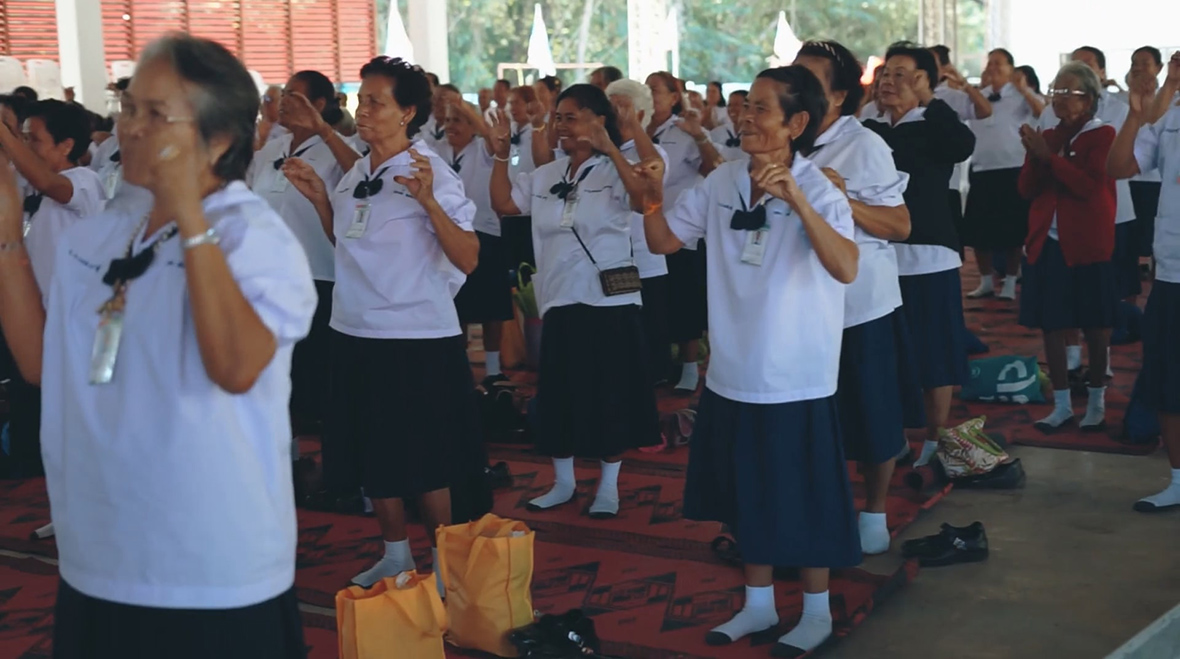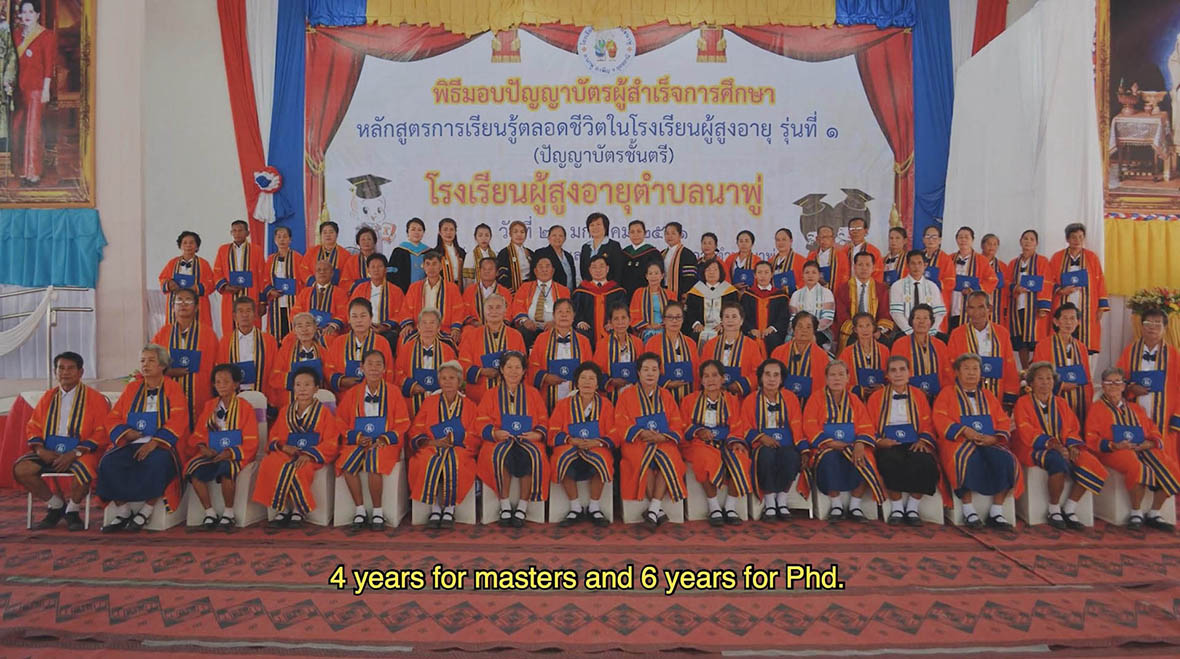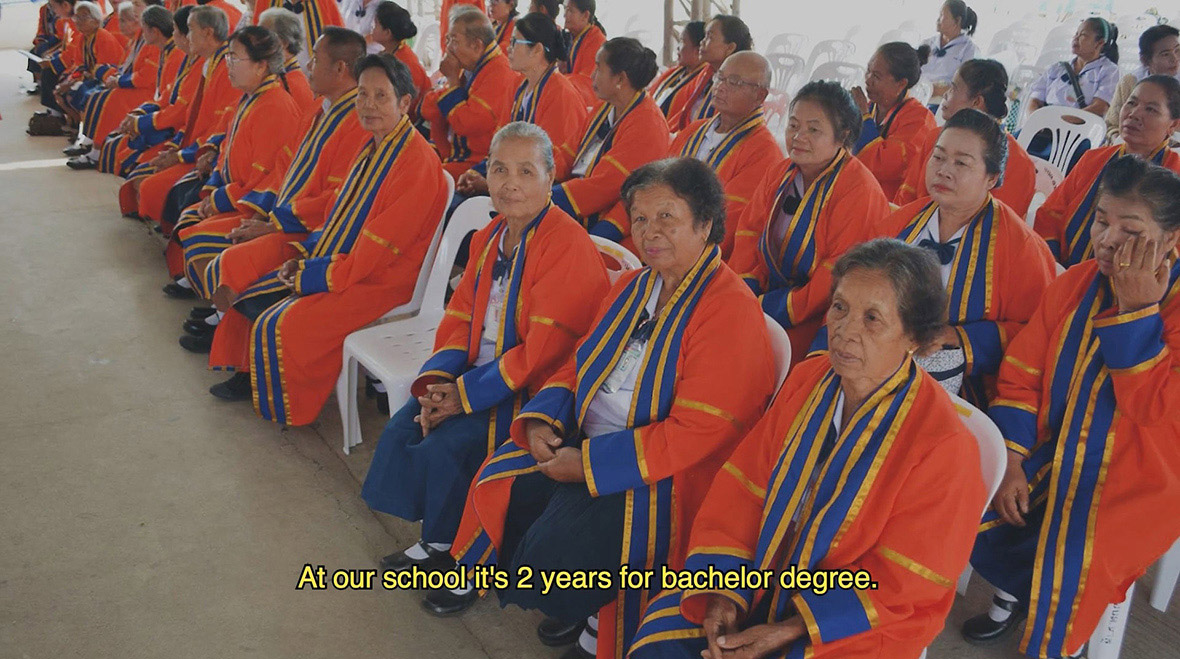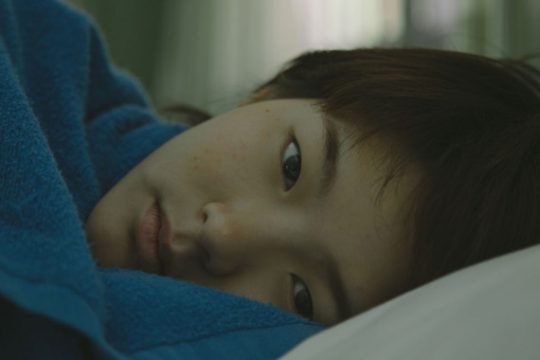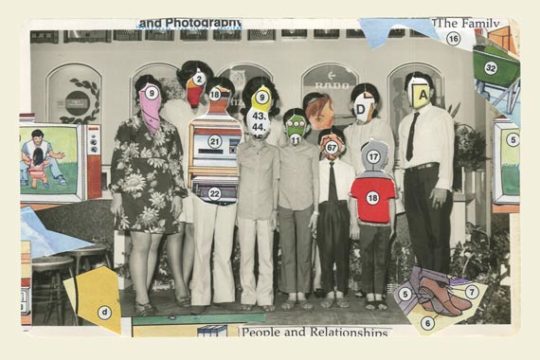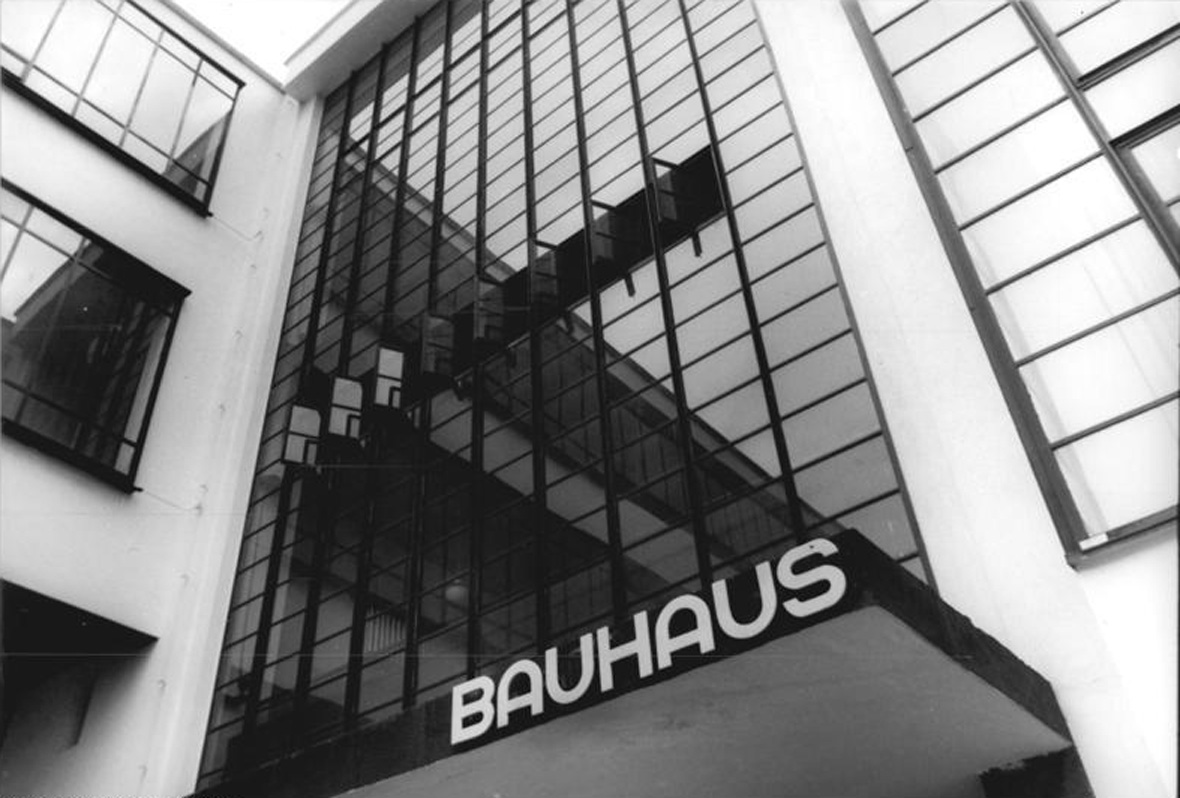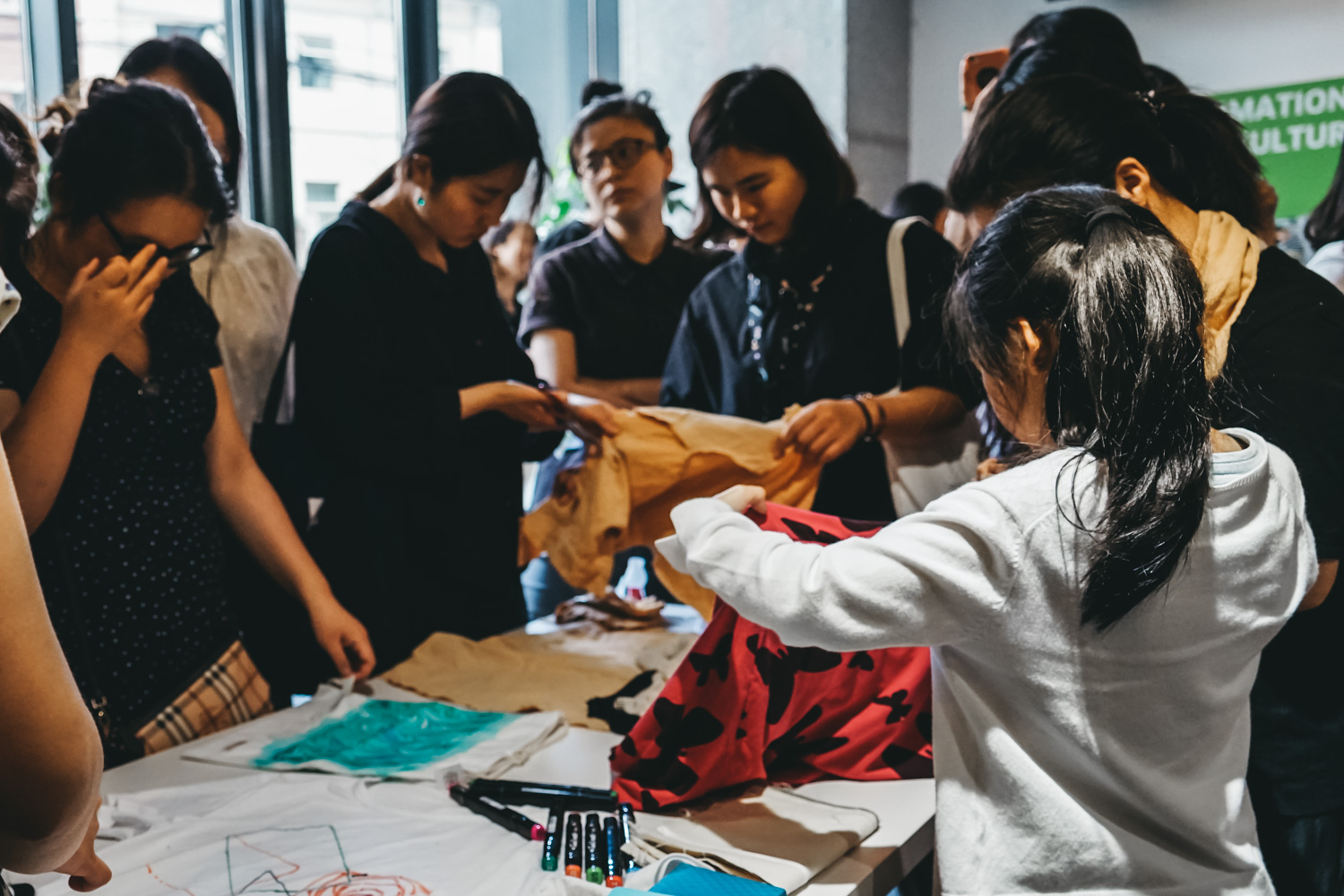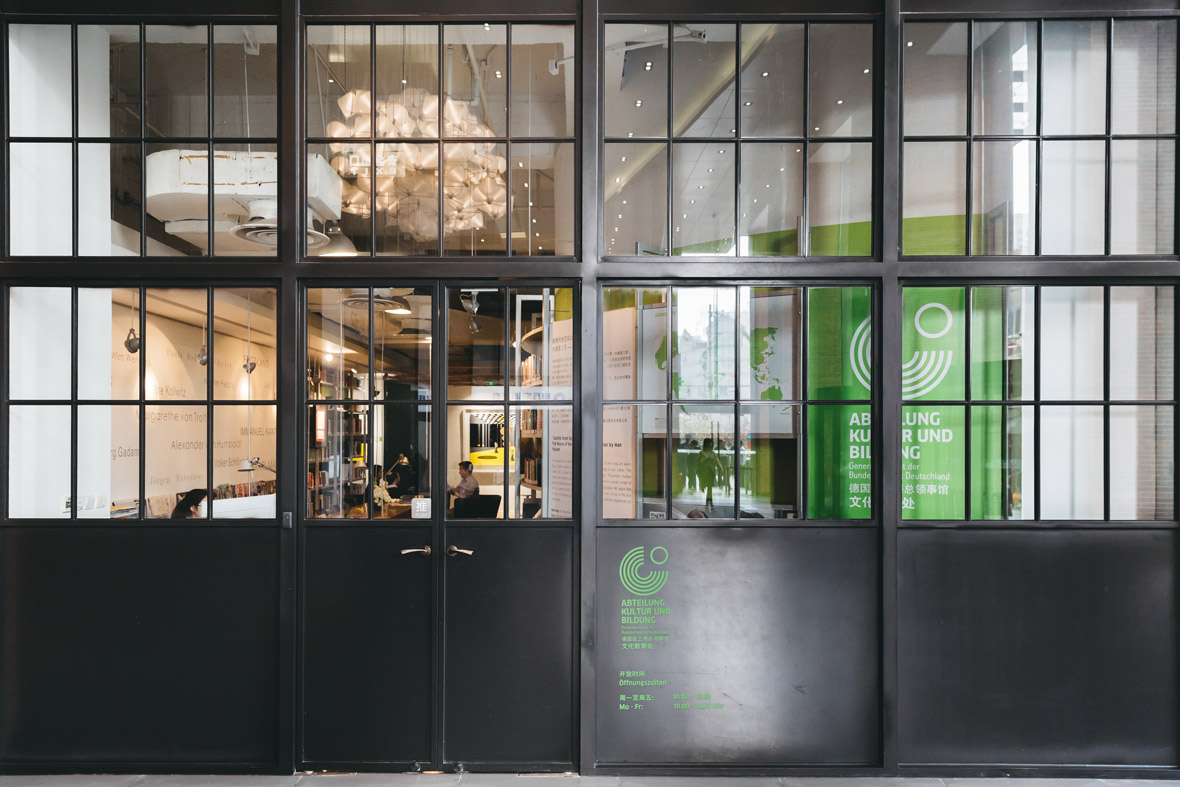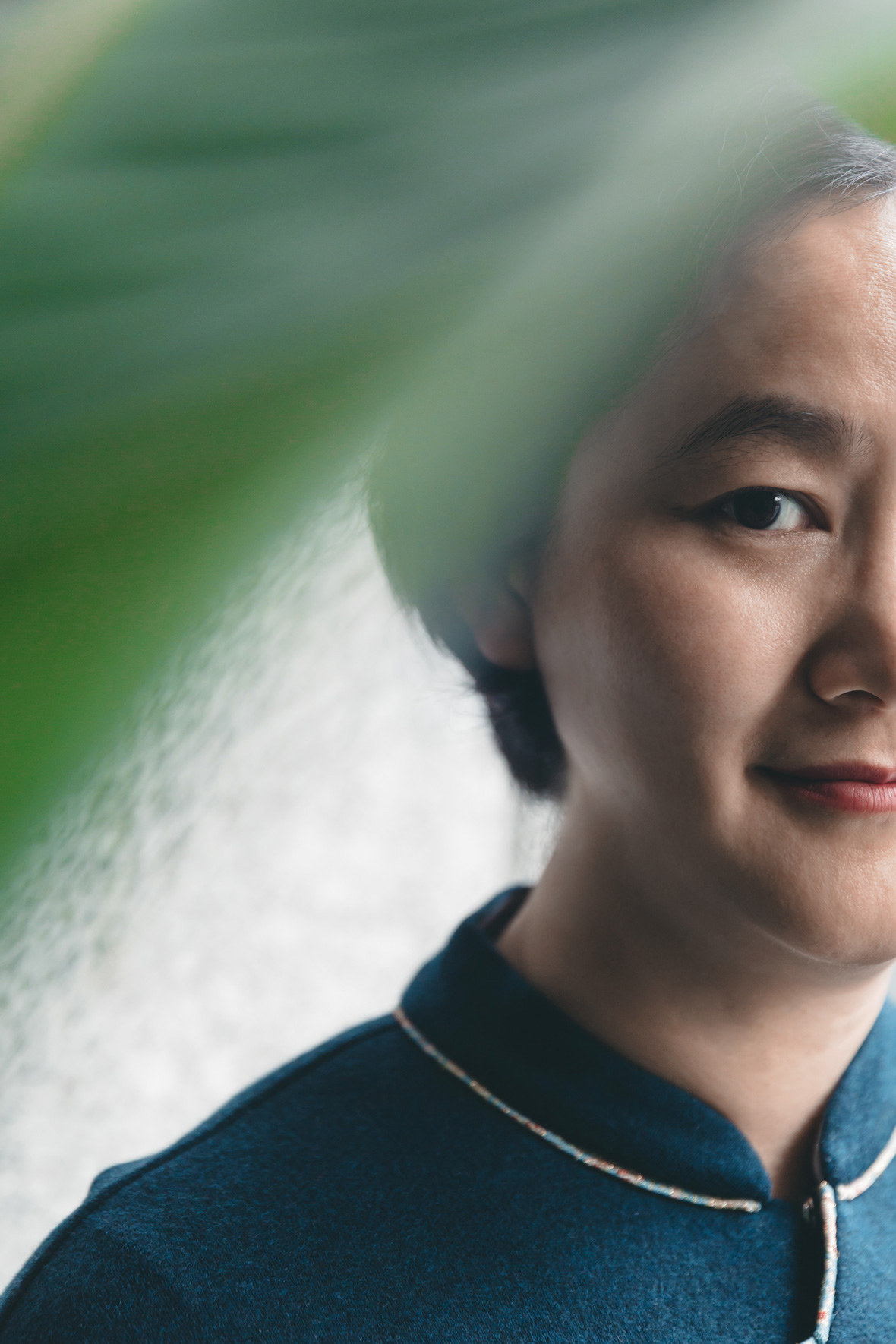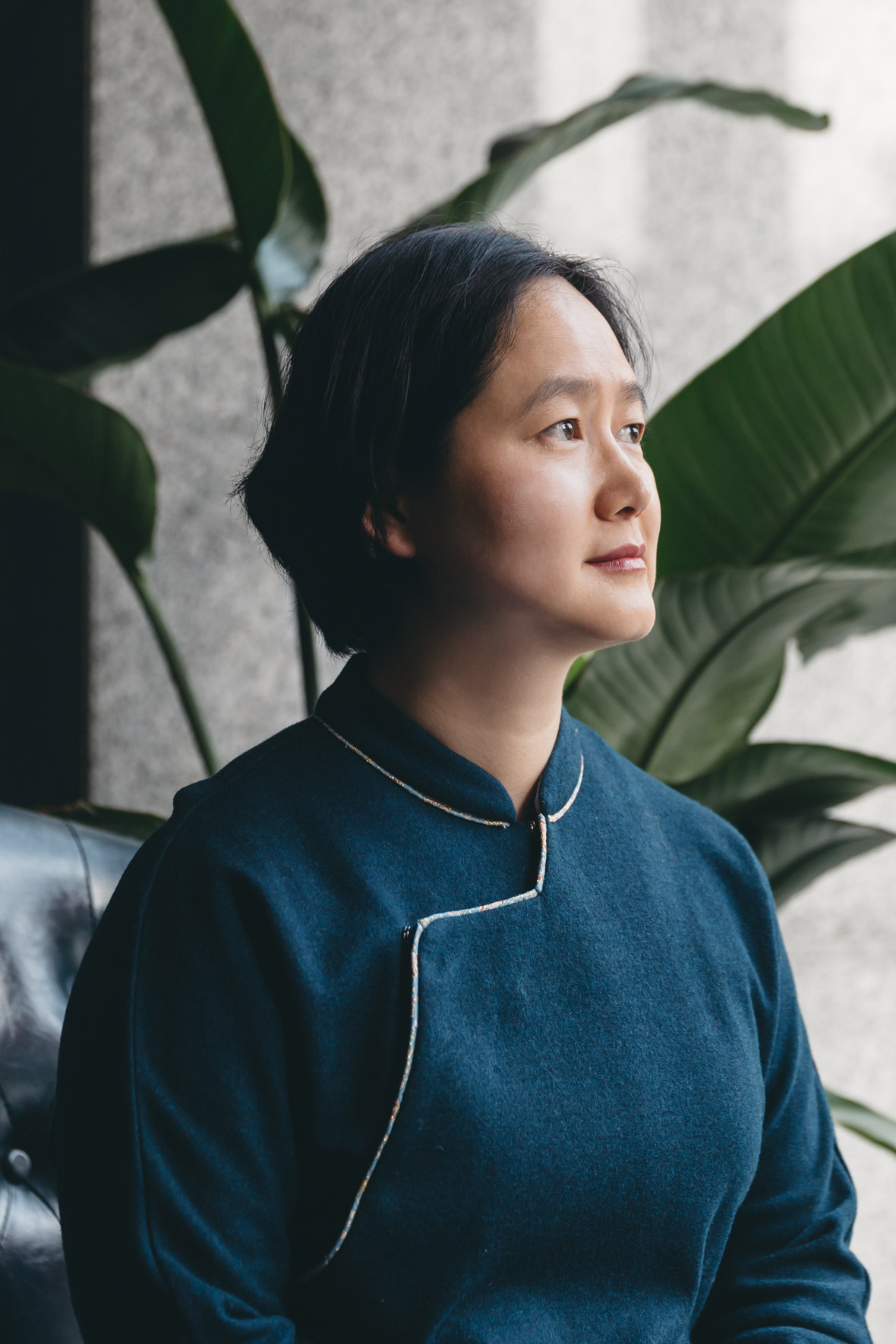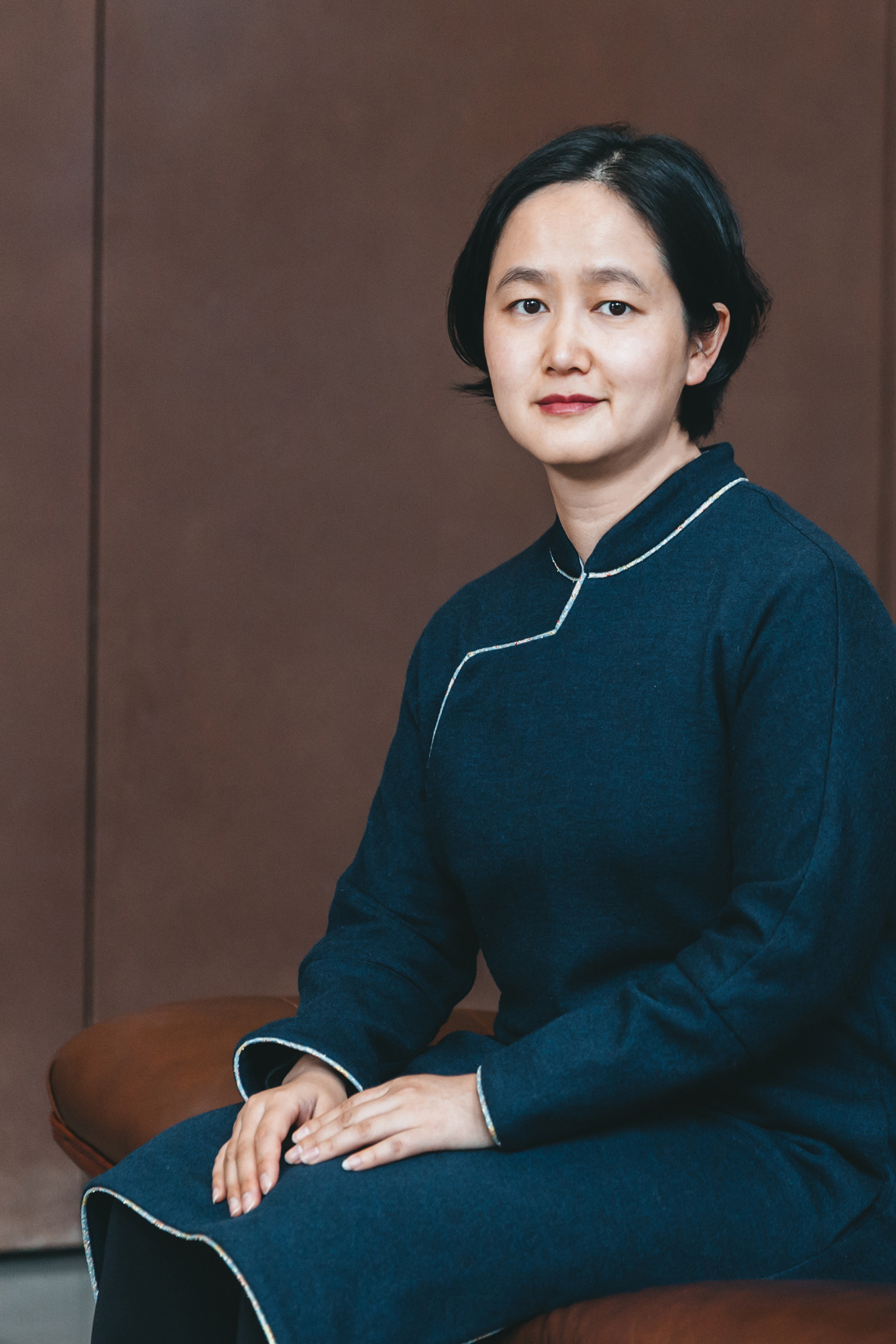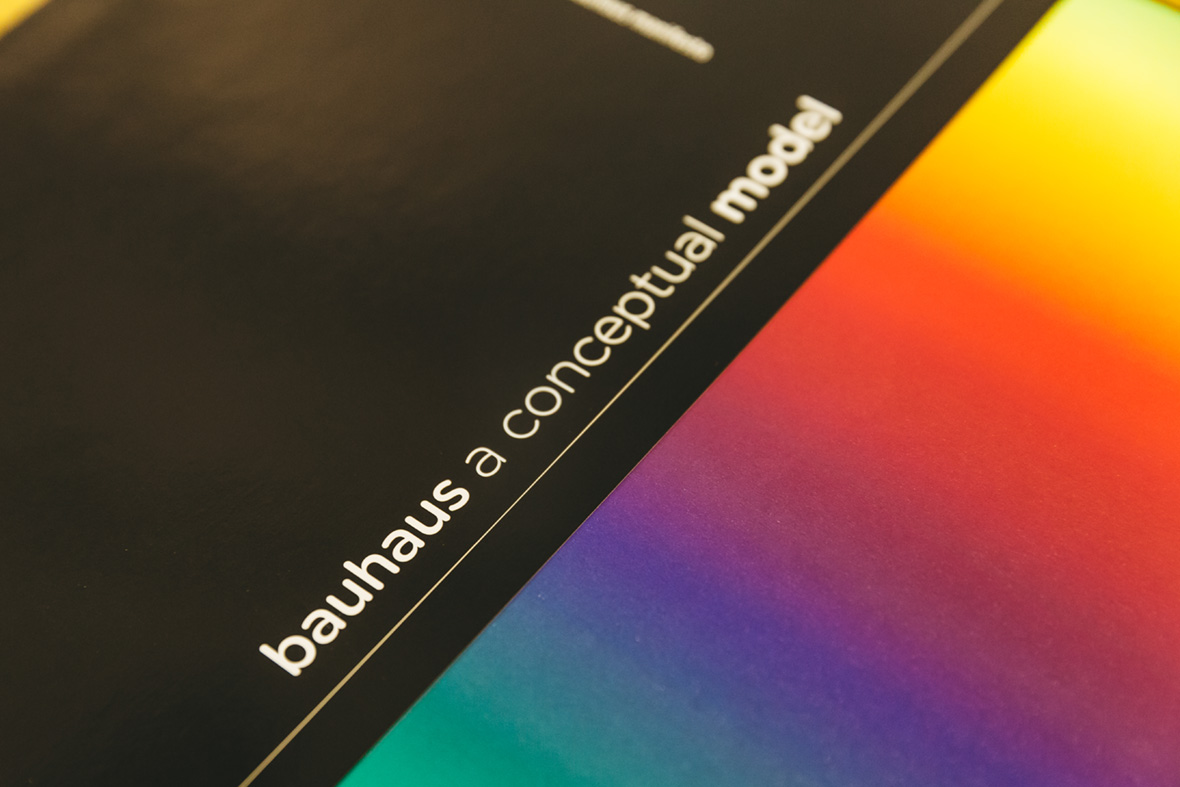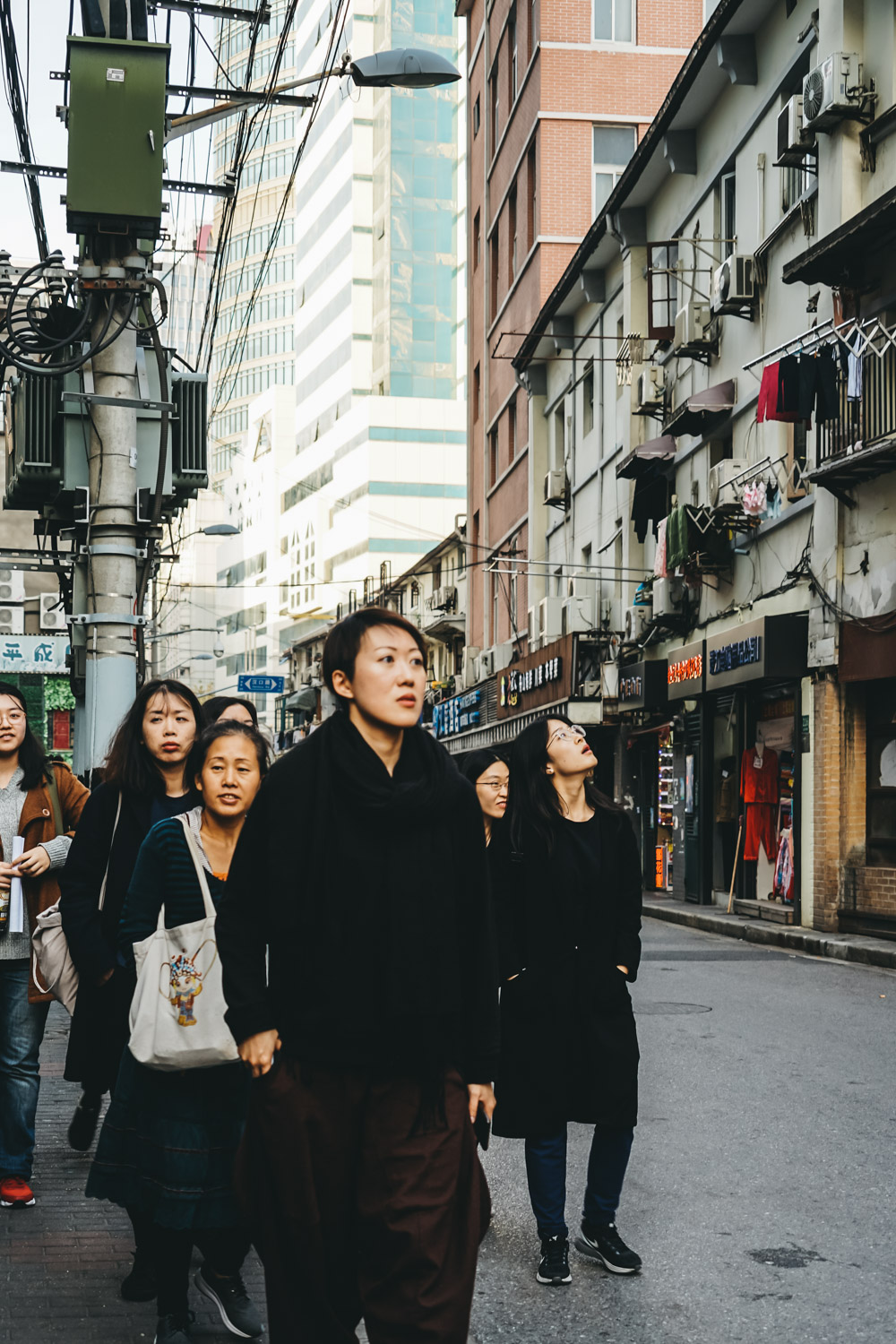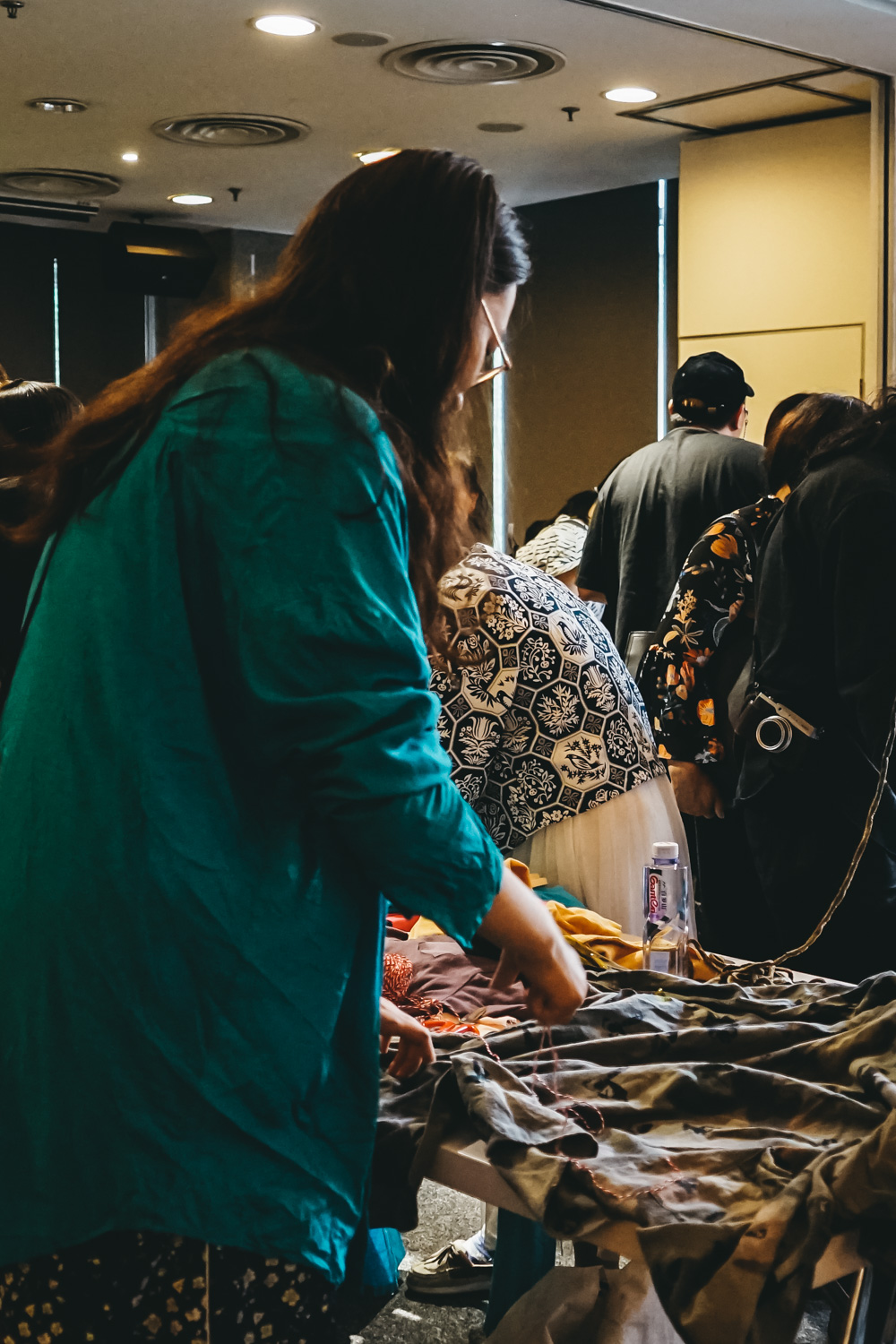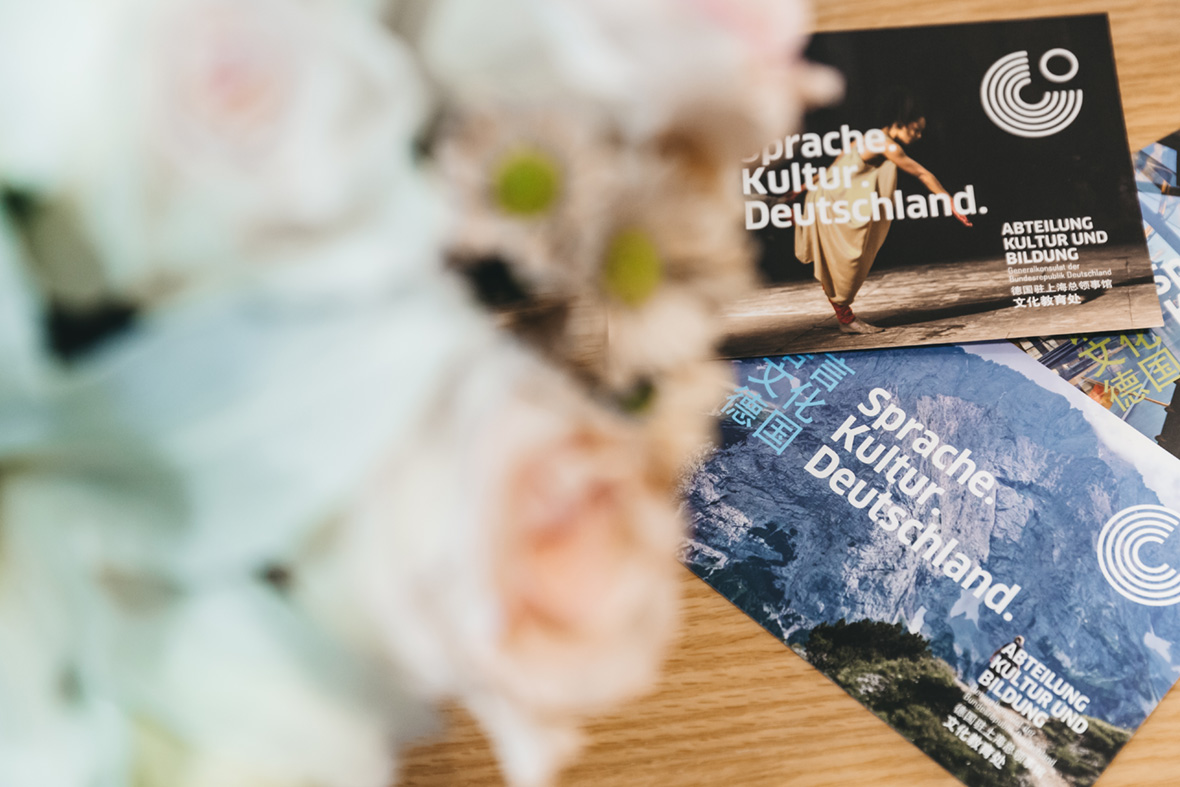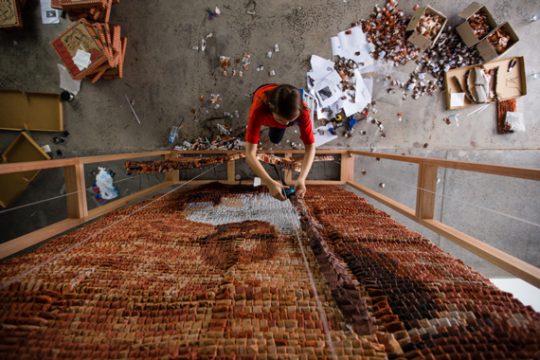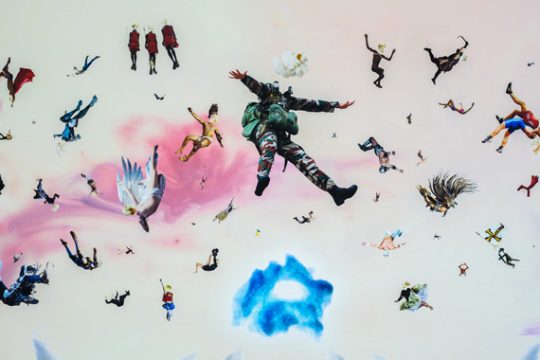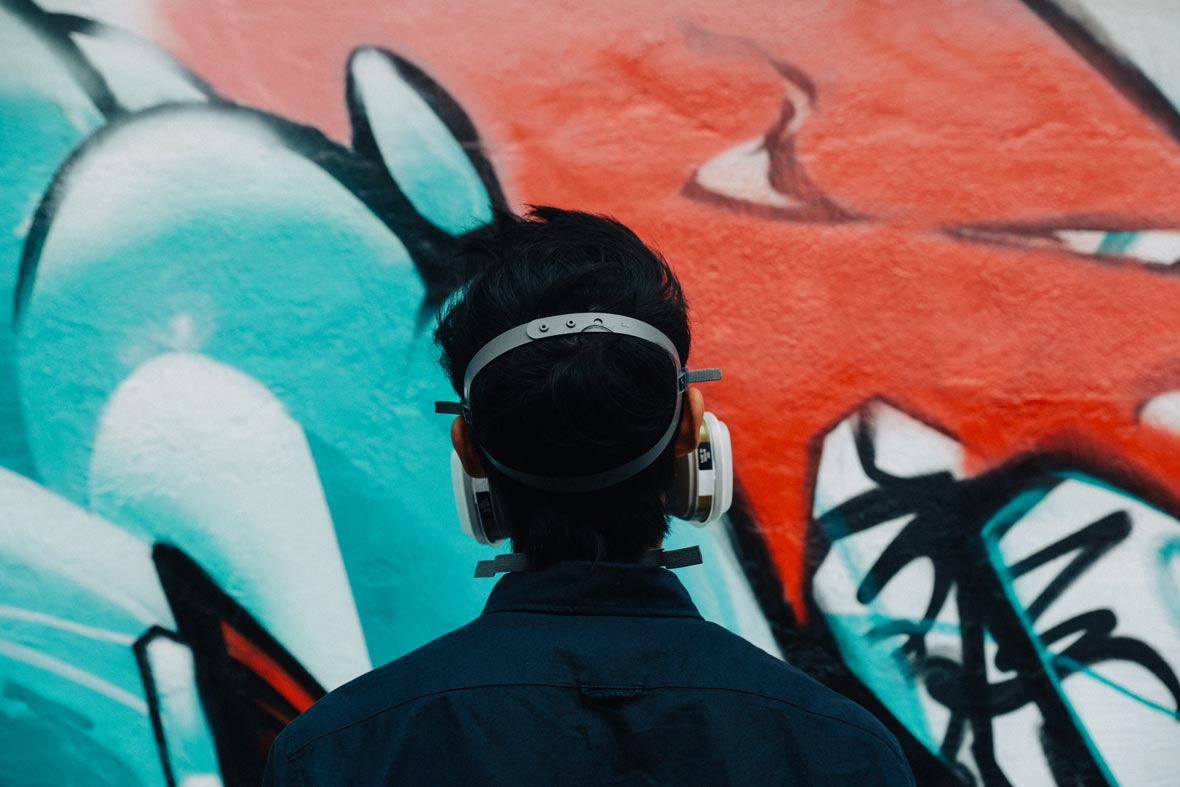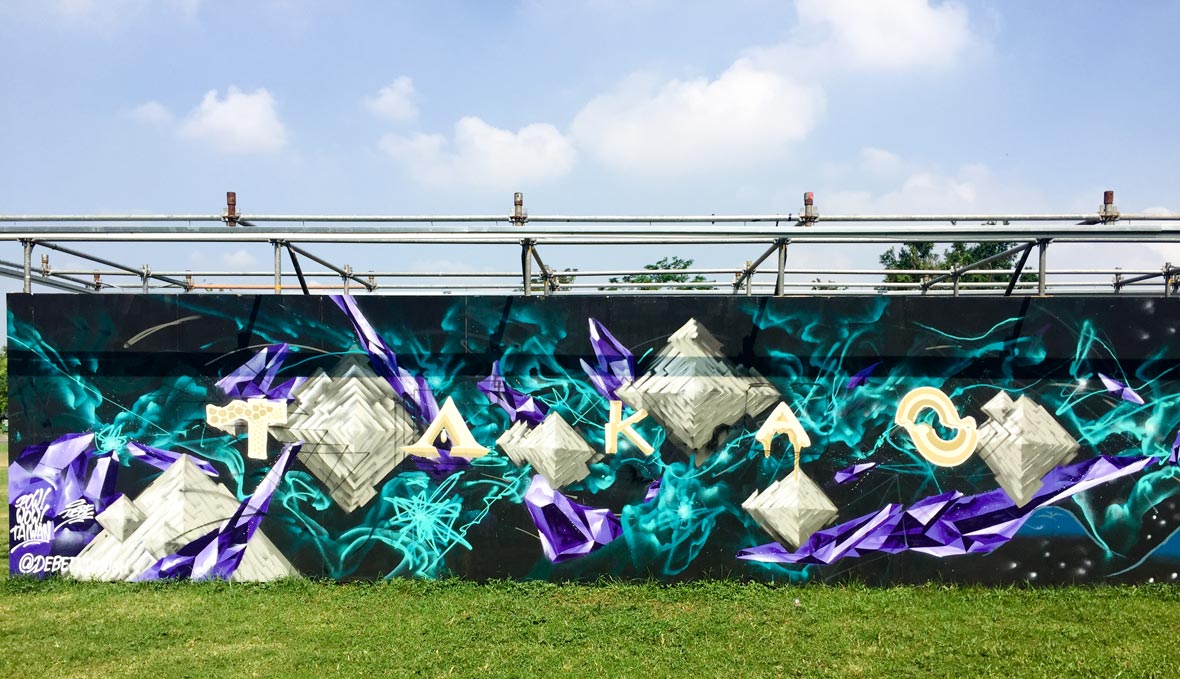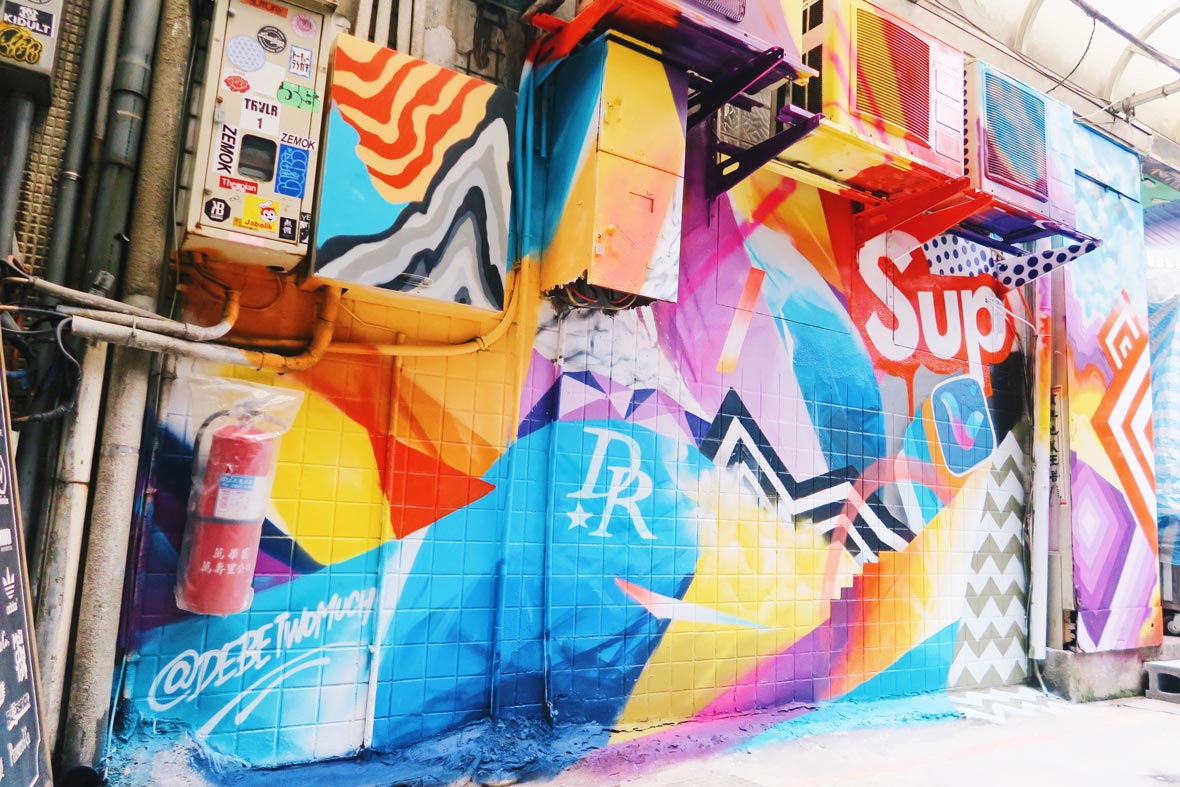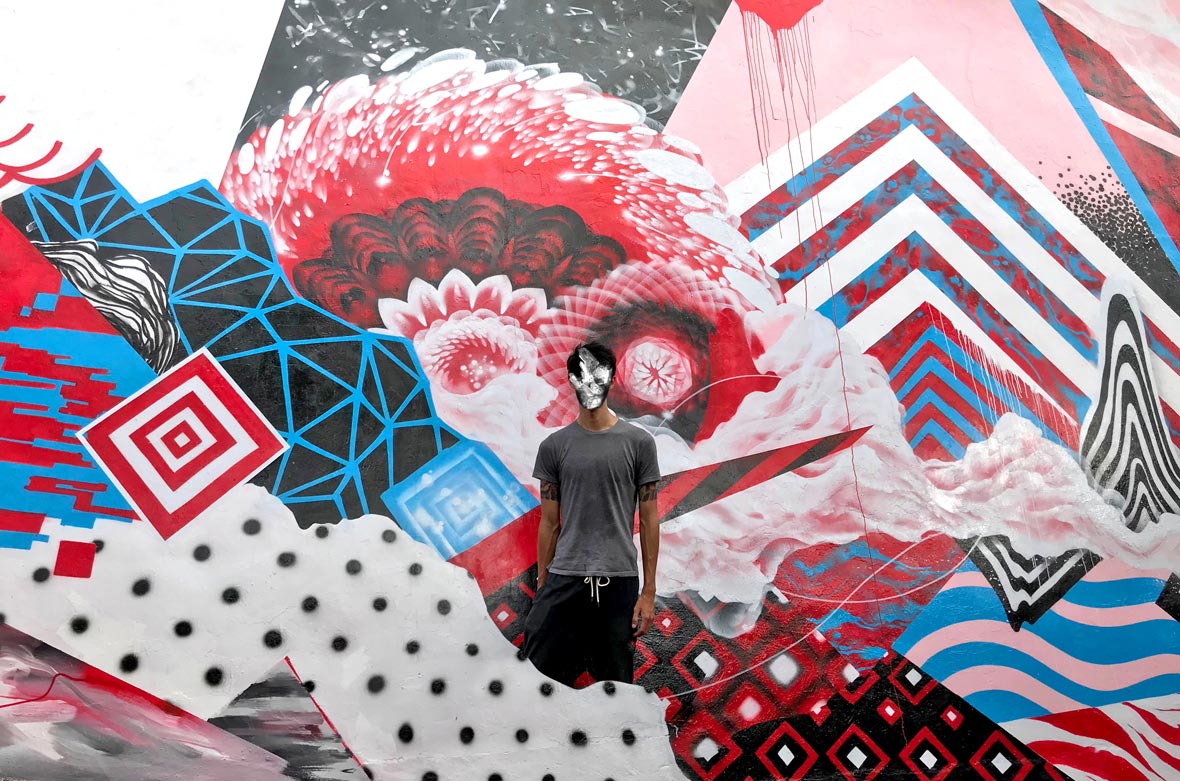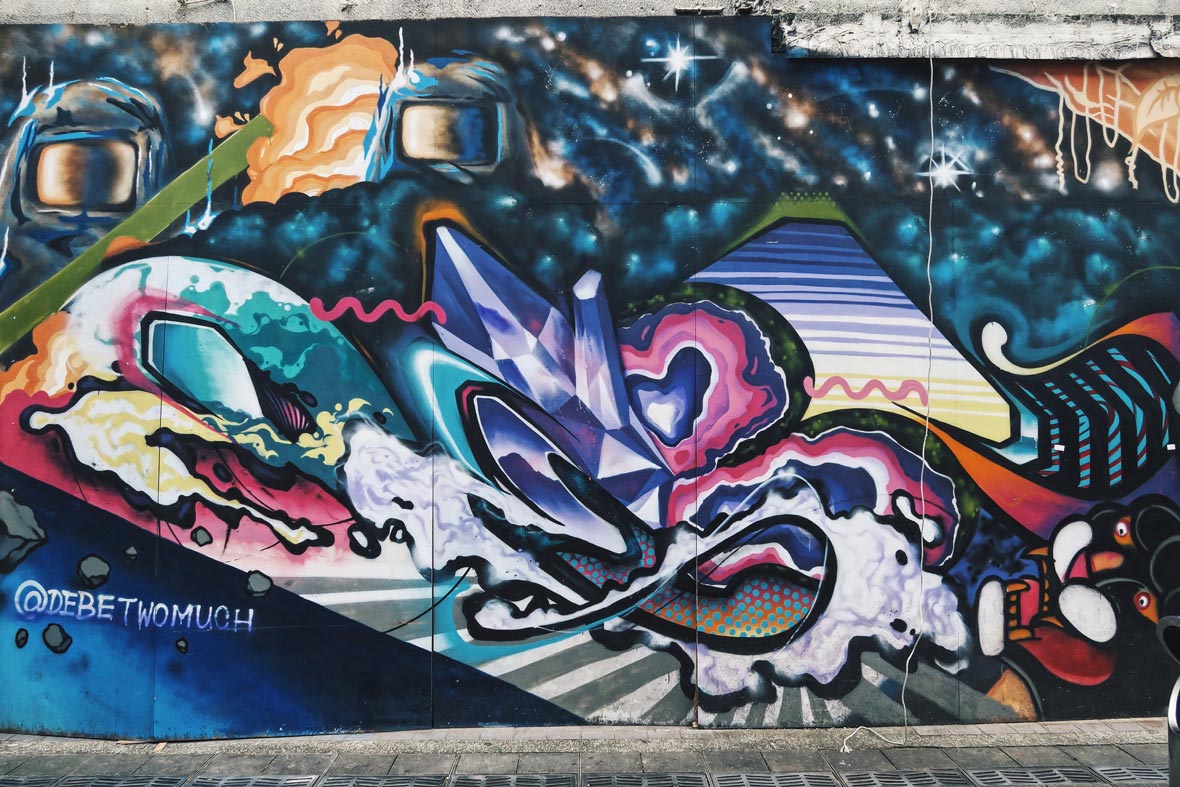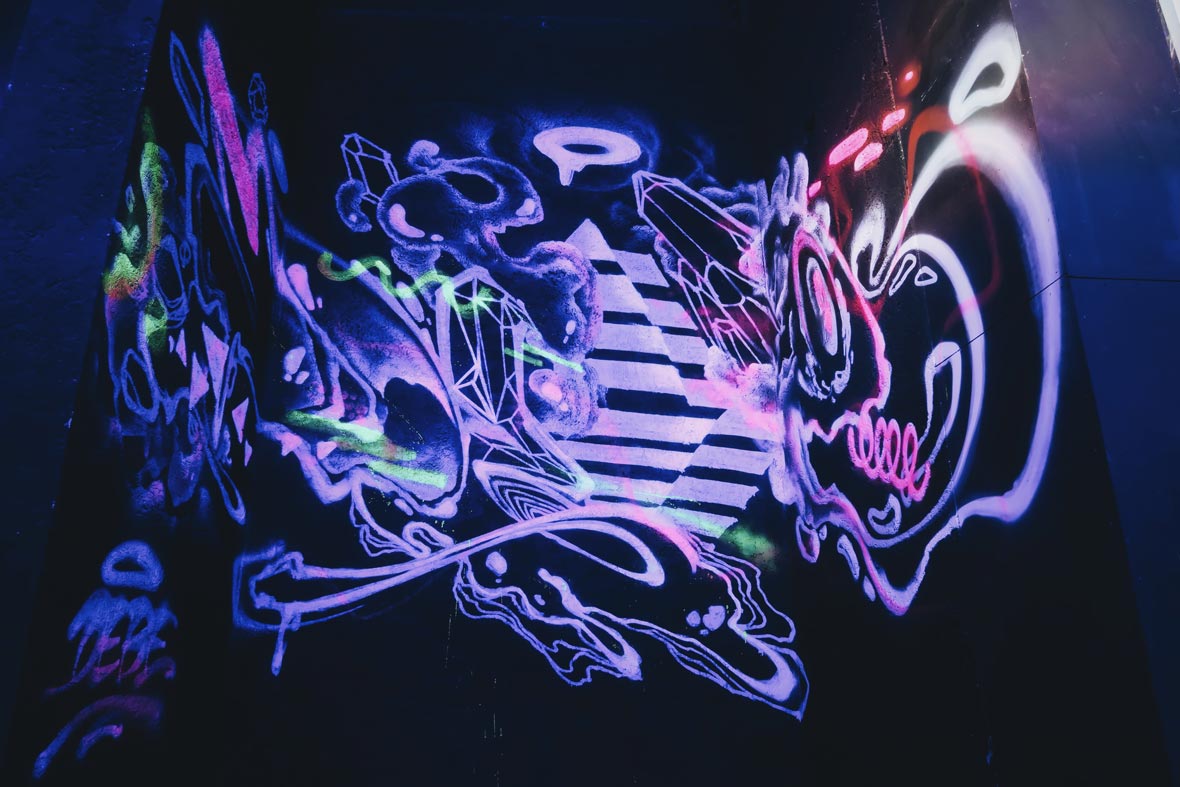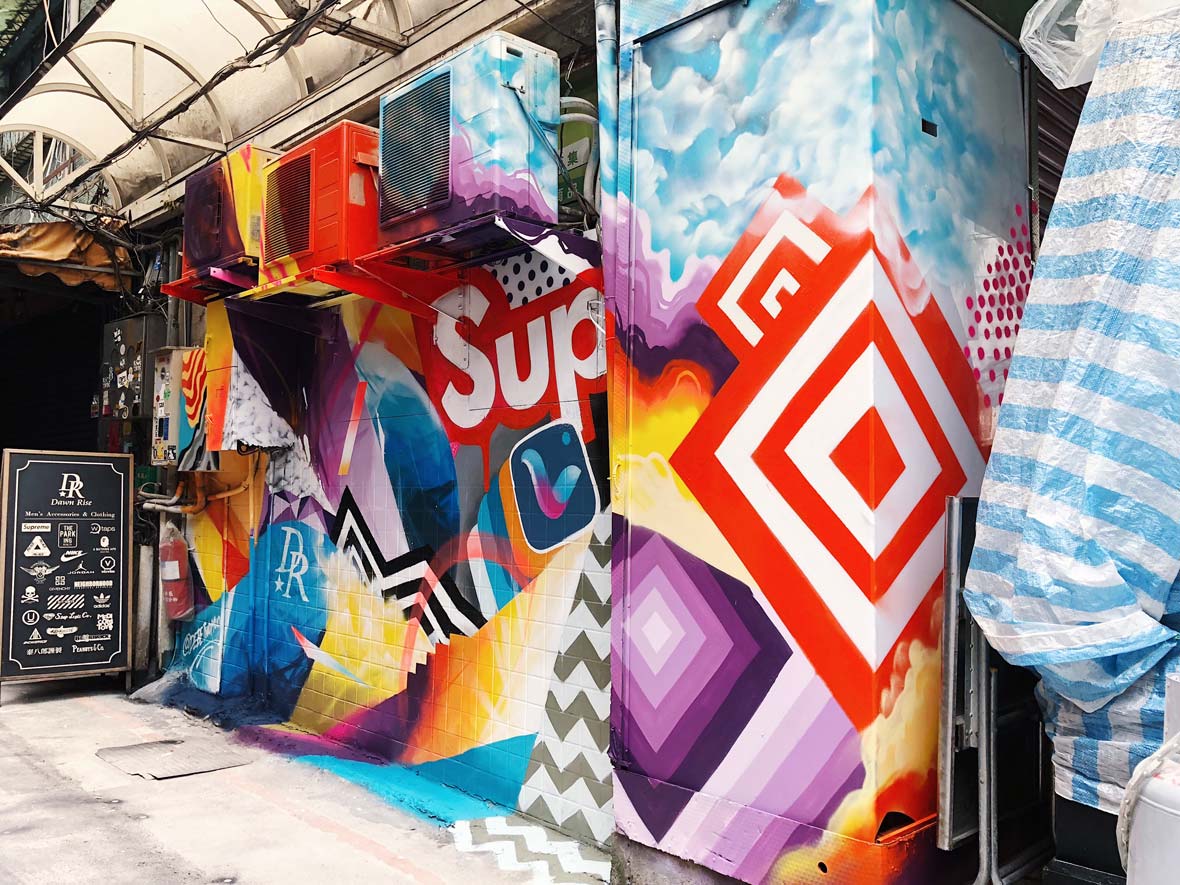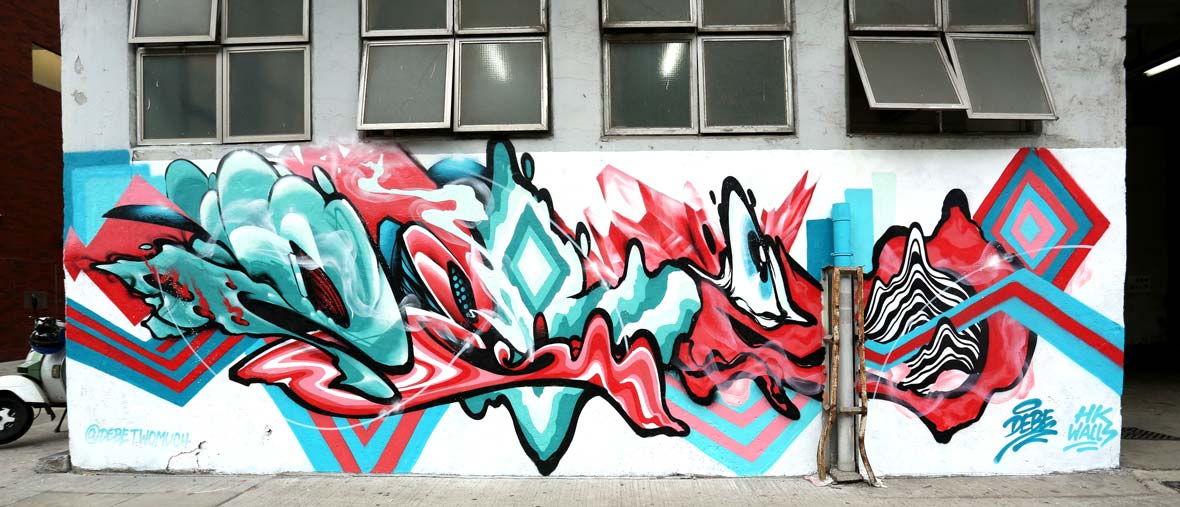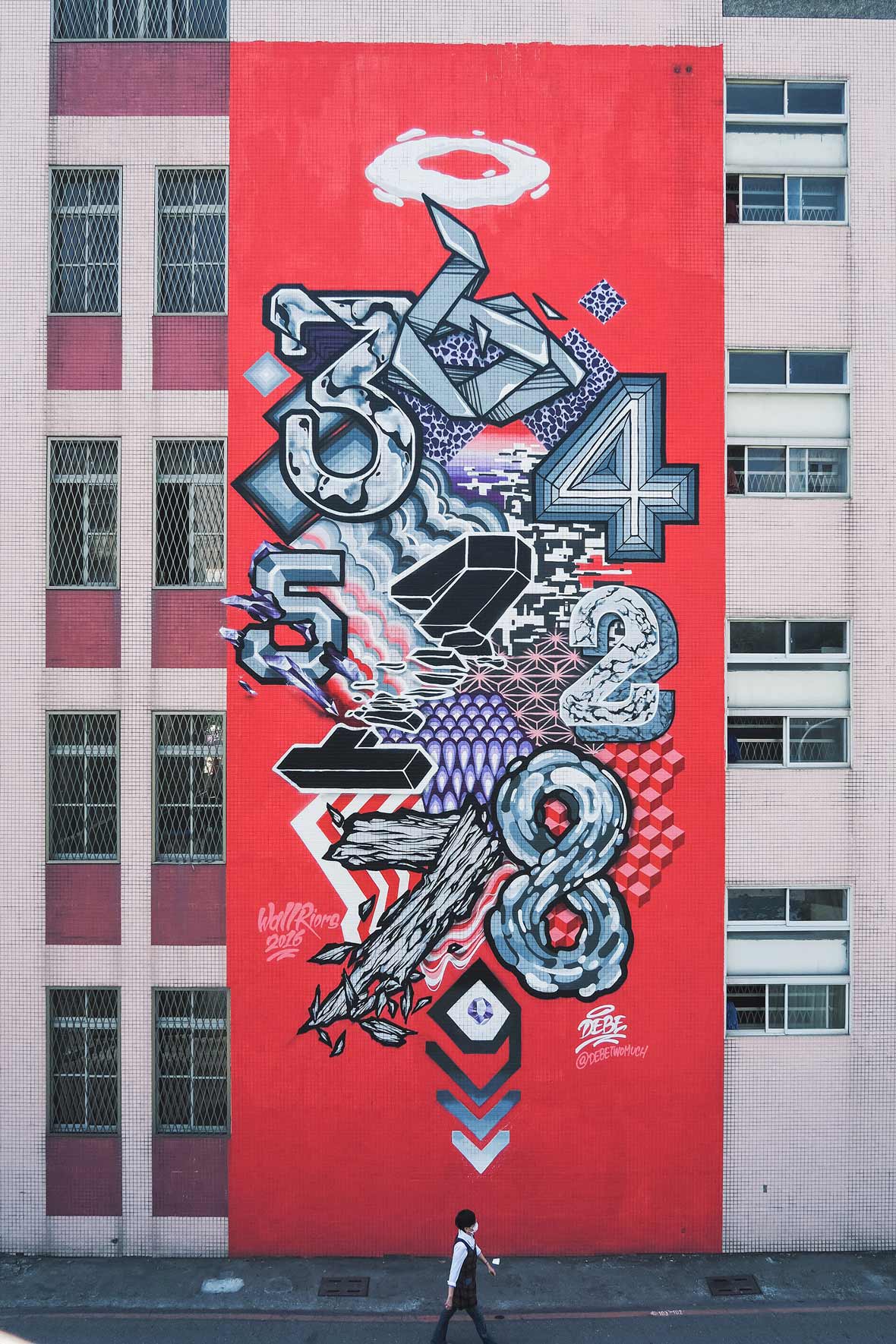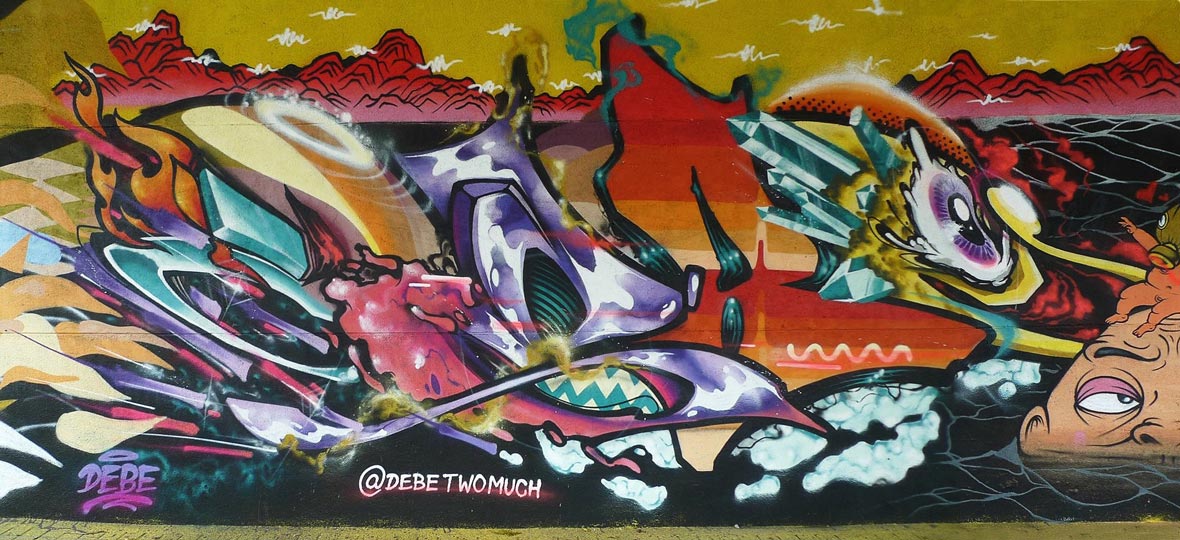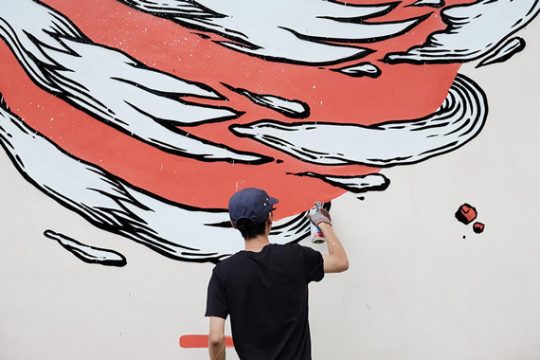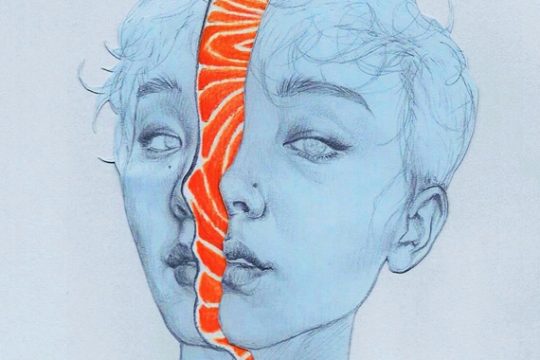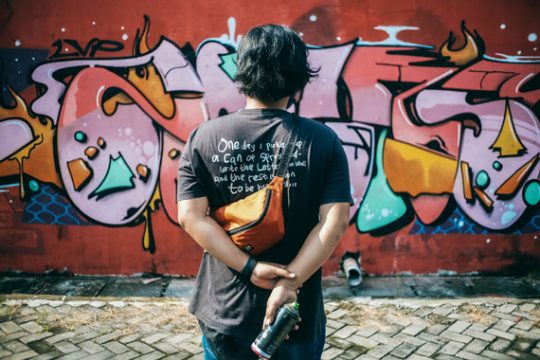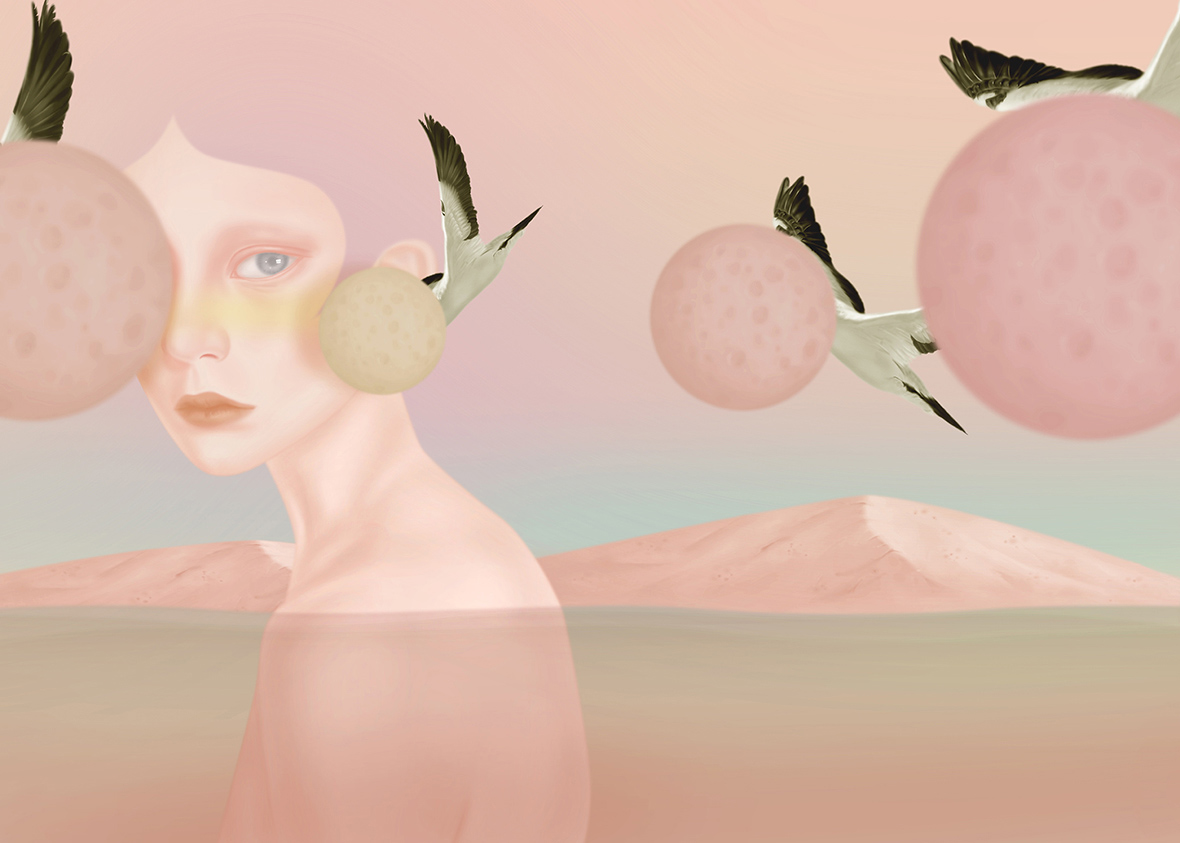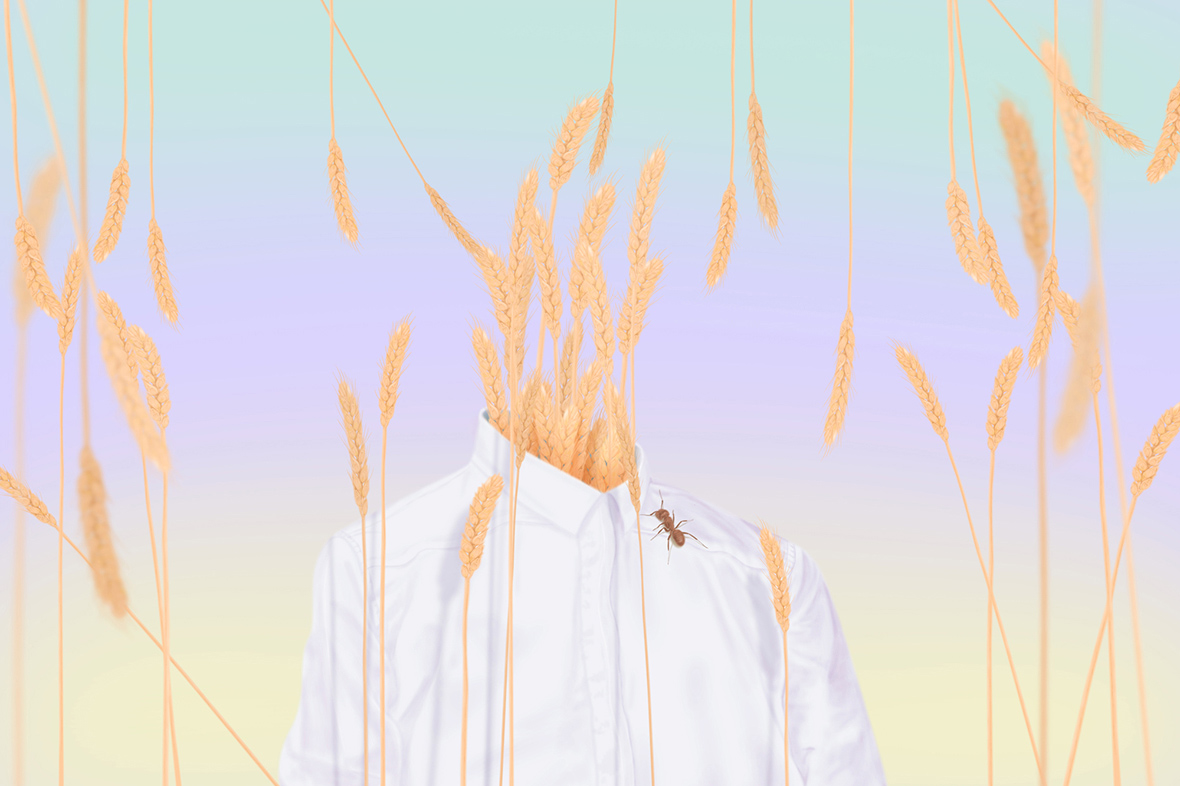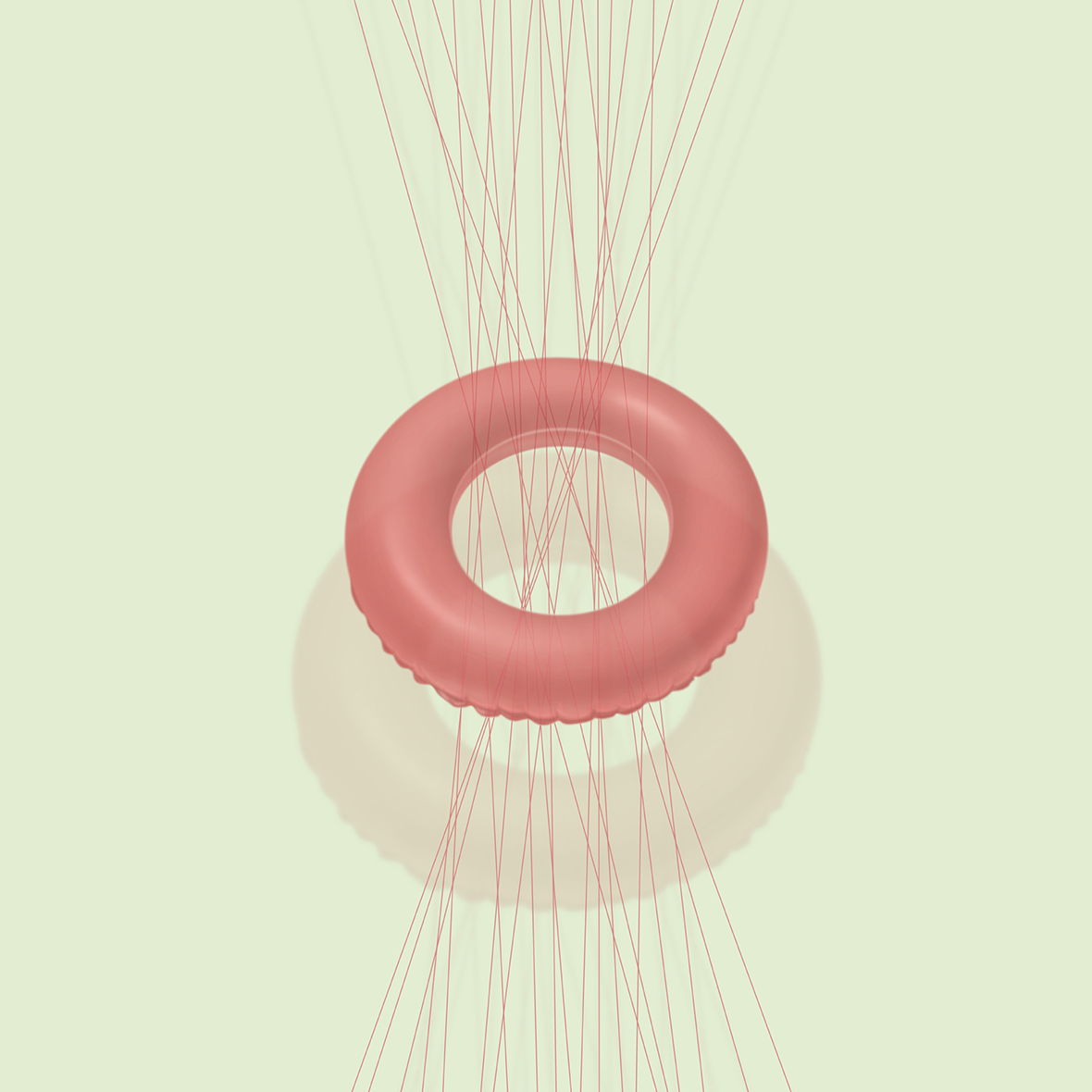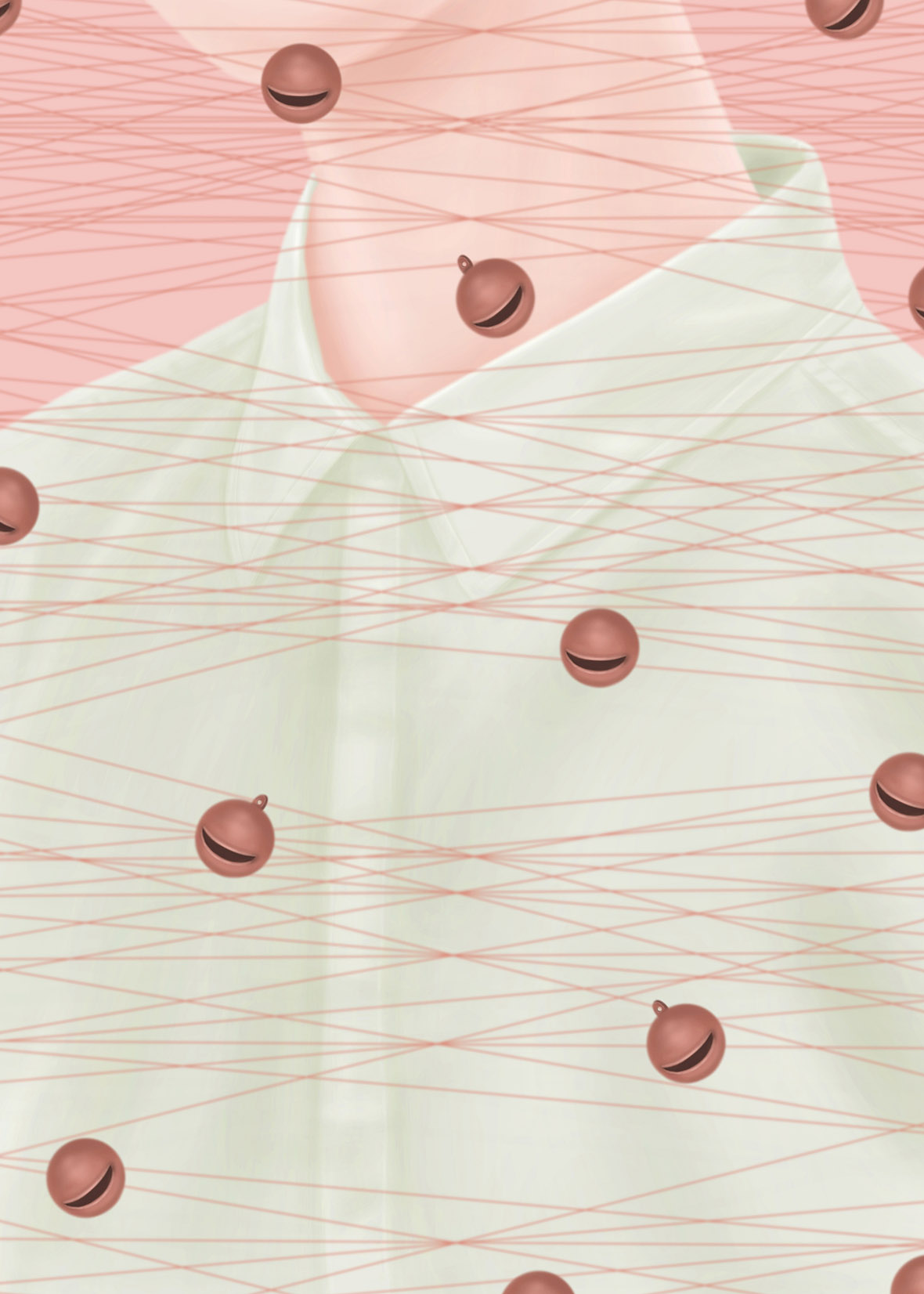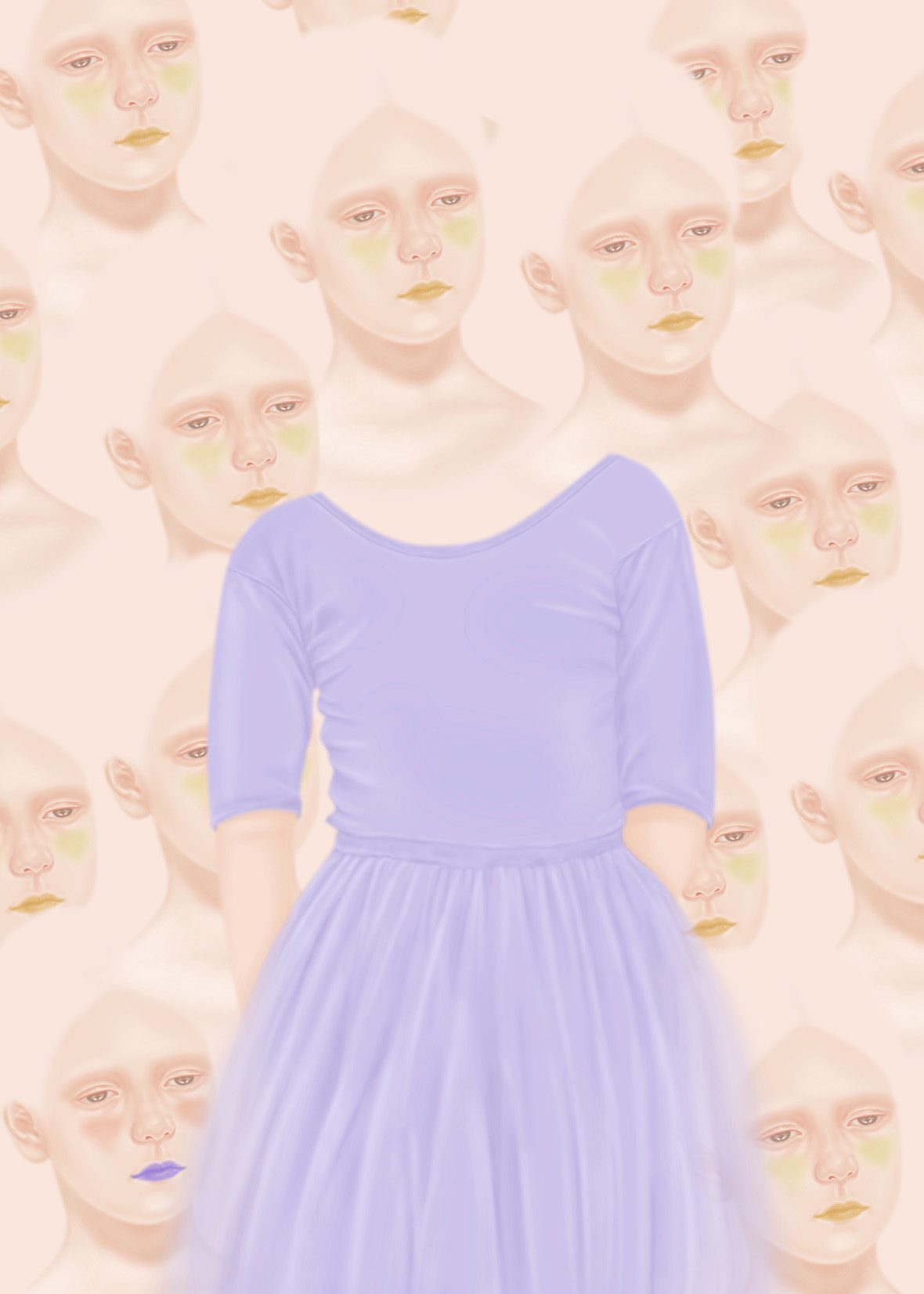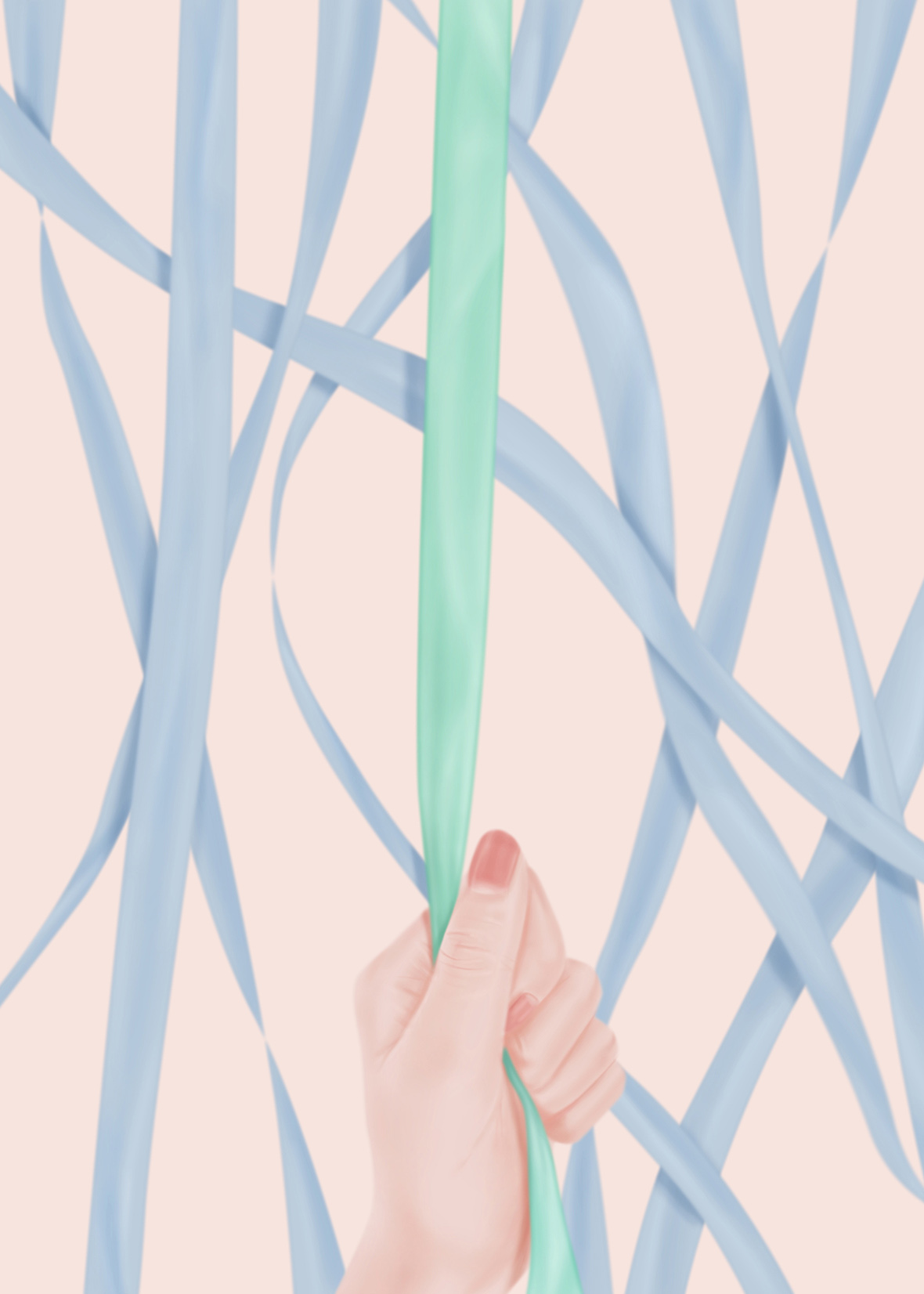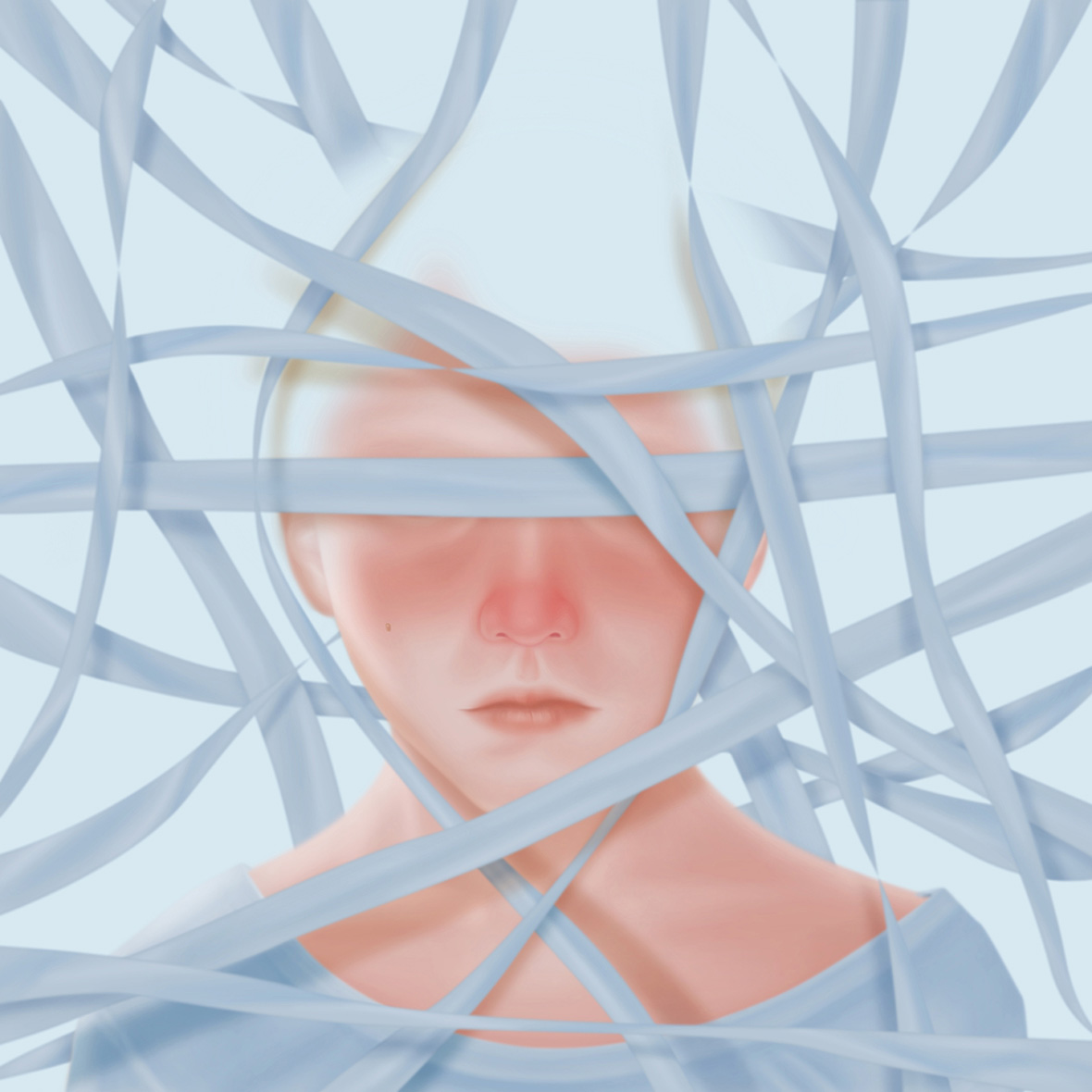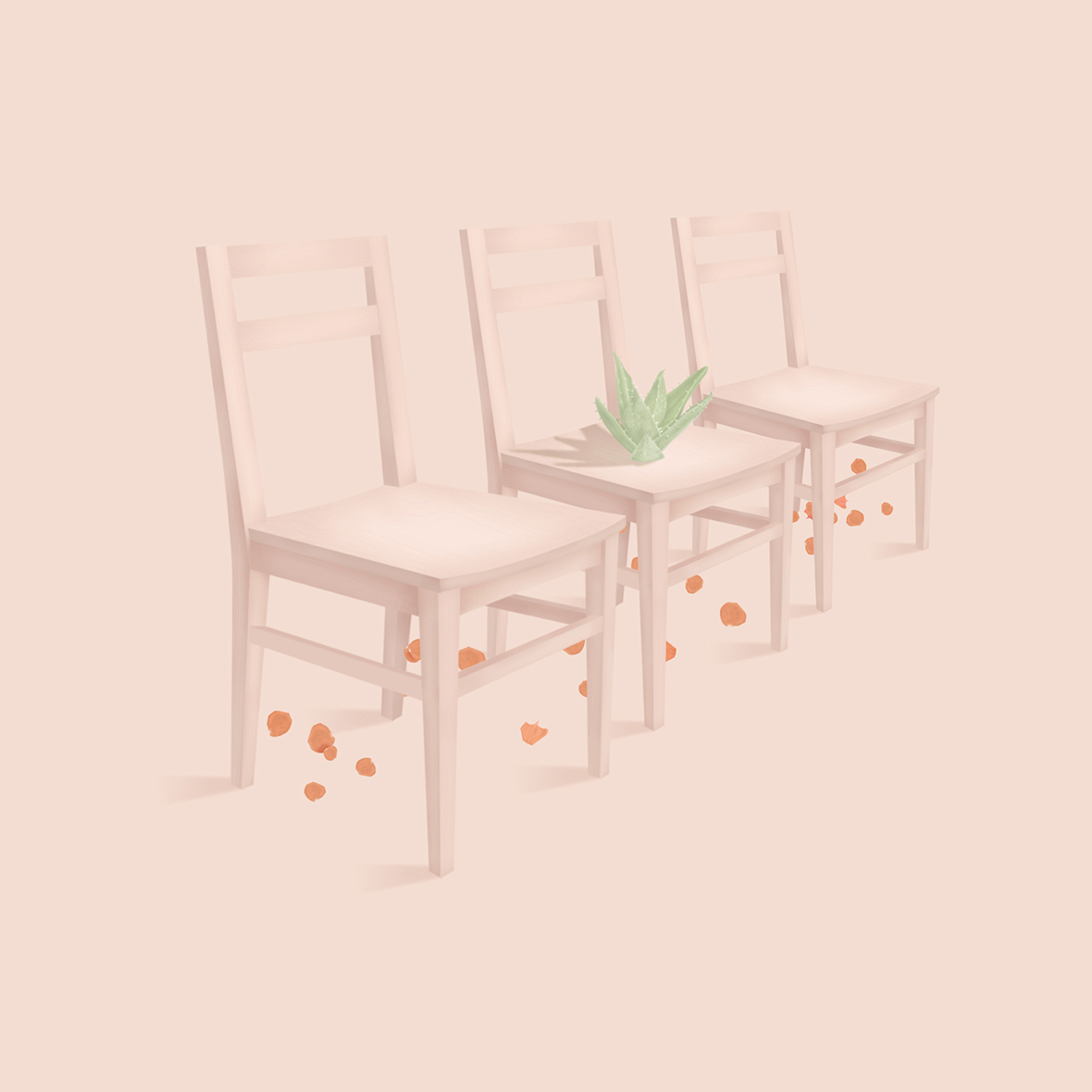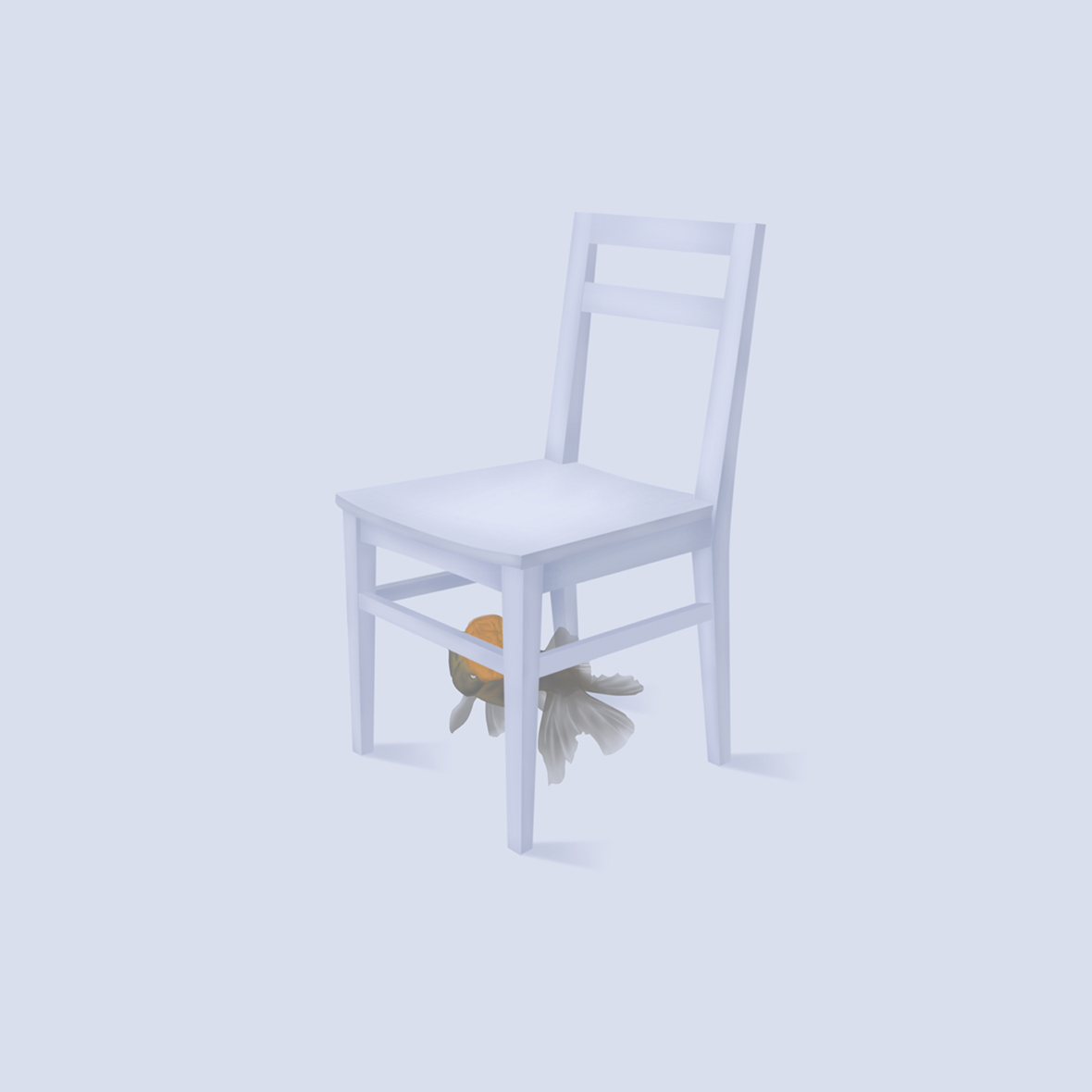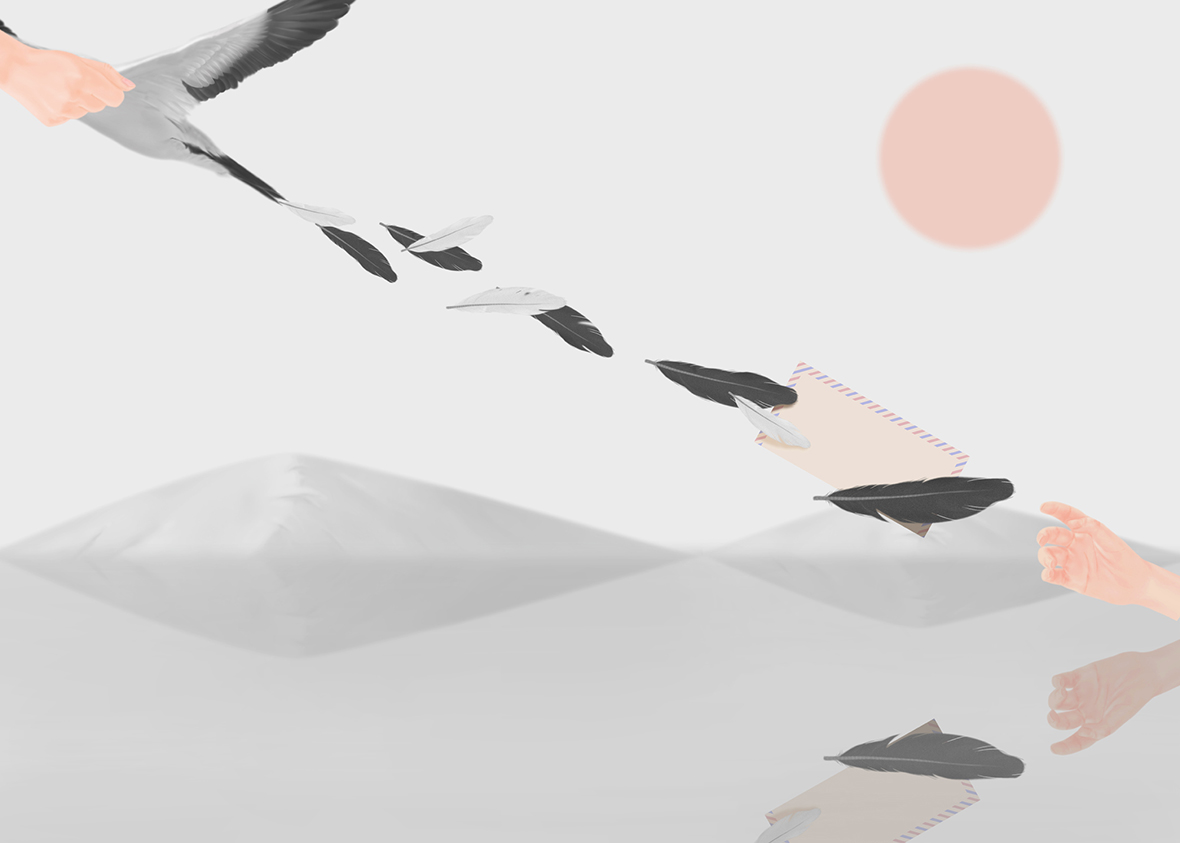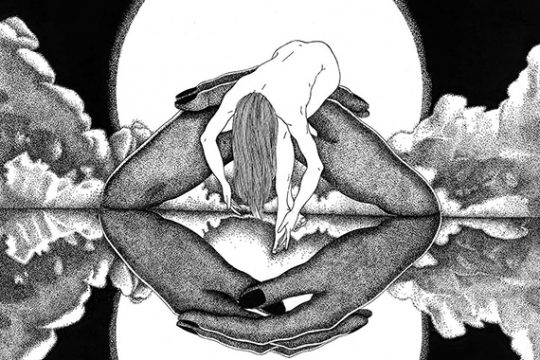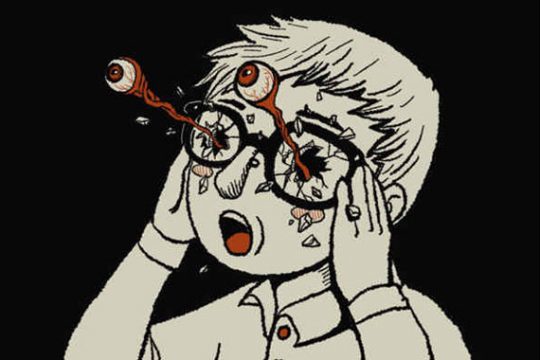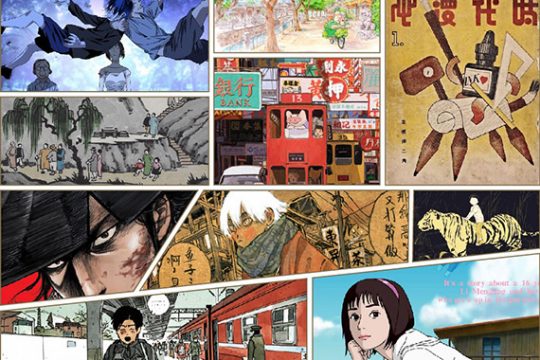无法观看?前往腾讯视频
With the sun shining down and the ceiling fans whirring quietly overhead, a sense of tropical warmth radiates through the film’s introduction. The video could be easily mistaken for an indie art film—that is, up until the moment when an elderly lady saunters off the bus, steadying herself with a walking cane. Tidily dressed in a uniform, the old woman looks a schoolgirl on her way to class.
Created by Thai director Bee Supavara, a recent graduate of London’s Central St. Martins, Naphu School for the Elderly is a short film focused on the issue of loneliness and social isolation of senior citizens.
阳光耀眼,风扇呼呼地吹,热带地区的暖风透过镜头扑面而来。不当回事地看,会以为这是一部独立文艺片。直到从公车上走下来一位老婆婆,拄着拐杖、颤颤巍巍,却着装整齐,宛如正要去上学的少女。
这是来自泰国导演 Bee Supavara 拍摄的当地老年学校,刚刚从伦敦中央圣马丁斯大学毕业不久的她,以“老年人的孤独和社会隔离感”为项目主题拍摄的纪录短片。
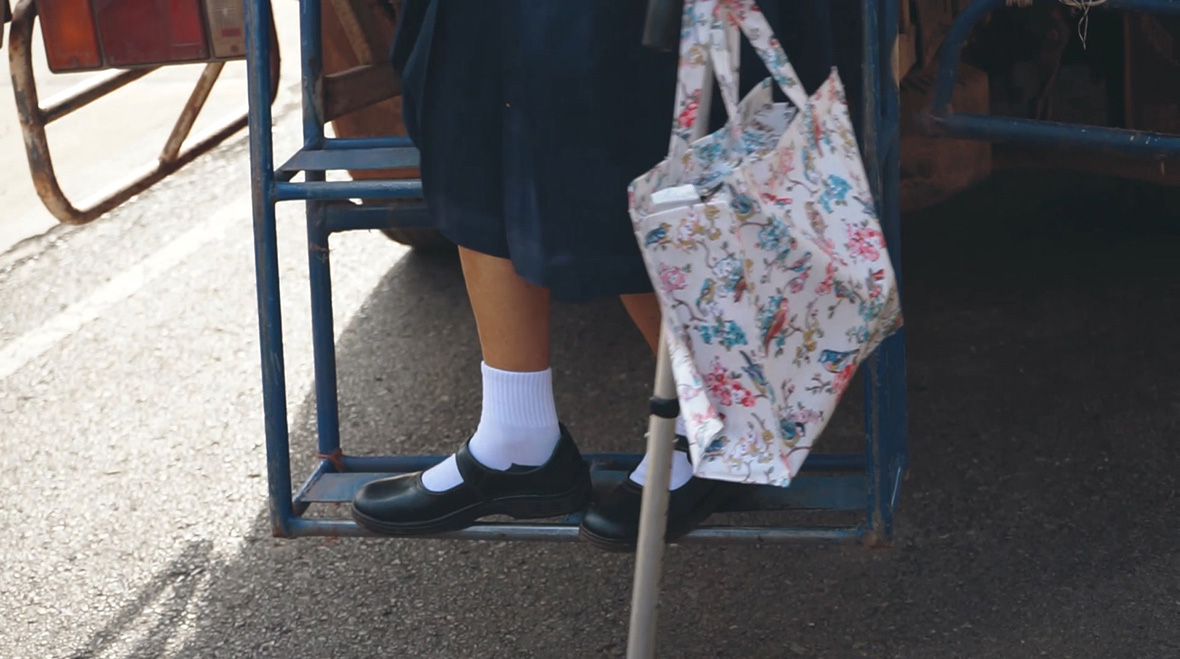
“My grandma faces these problems with loneliness,” Supavara sighs. “Her days mostly consist of watching T.V. and playing with the dogs. With limited ability to move and see, her social life visit relies on people visiting her. My grandpa used to be a photographer and now he’s losing his sight.”
Visits to her grandparents are what ultimately inspired the idea for the film. “I decided that I wanted to do everything I could to not only make grandparents happy but also other seniors in the world,” she explains.
“我的祖母就是一个孤独的老人。” Bee 说,“她一天的生活内容,主要就是看电视、和狗一起玩。由于她视力受限,而且移动范围也有限,她的社交范围很小,基本上都是靠别人来造访她的。” Bee 说,这也是促使她关注老年群体、并以此为纪录对象的关键原因。
“而我的祖父曾是个摄影师,擅长捕捉美丽的瞬间,而现在他却渐渐丧失了视力。这让我很揪心。从那时起我就想,只要让他们晚年的生活快乐一点,我做什么事都愿意。”
As a proverb from Chinese philosopher Mencius goes, “Honor your neighbor’s elders as you honor your own.”
Supavara, recognizing the realities of how many of today’s seniors live, hopes for more of them to find happiness in their golden years. To spread this message, she contacted the Tambon Administrative Organization, which runs the Naphu School for the Elderly, for permission to film a documentary at their school. With their support, the film looks to bring about more awareness on this social issue but do it through a lens of joy and happiness
老吾老以及人之老。看到了祖辈的生活,Bee 也想让更多老年人能安度晚年。于是她联系了在和当地的分区管理组织(TAO)及 Naphu 老年学校,在他们的支持和欢迎之下,拍摄了这样一部短片,希望在触发老龄化社会的关注时,也能够让观众感受到镜头内的欢笑。

The Naphu School for the Elderly was established in 2016, and all of the enrolled students are sexagenarians or older.
Thonghom Boonruam, the executive director of Naphu Senior School, offered sobering statistics of Thai’s aging population: “In 2021, 20% of the Thai population will be older individuals,” he says. “One in every five people will be considered as a senior citizen. By 2025, it’ll be one in four. As this number ramps up, what do we do? How can we make their old age enjoyable?”
The answer he ultimately found was to bring senior citizens together and get them laughing and smiling.
片中的 Naphu 老年学校于 2016 年开设,目前已经运营两年有余。而这里所有招收的学生,统统都年逾花甲。
Naphu 老年学校的校长 Thonghom Boonruam 列出了惊人的数据比:“在 2021 年,泰国将要有 20% 的老年人口,也就是每五个人中就有一个老年人。而到 2025 年,就会变成每四个人中有一个老年人。” Thonghom Boonruam 说道,“这个数值不断增长,我们怎么办?有什么办法能让老人们过好晚年生活呢?”
他最后想的办法,是让老年人聚起来,一齐欢声笑语。
Naphu doesn’t teach reading, writing, or arithmetic. The most important thing the “students” do is socialize and engage in activities such as singing, dancing, and exercising. Thonghom has even involved the student body in helping run the actual school, encouraging them to make tea, cook, and tidy up the classroom.
The school is similar to a traditional university in that it’s structured around different tiers of degrees: undergraduate, masters, and Ph.D. But education is hardly the emphasis—the goal is to bring joy to the attending students. “No one is forced to do anything here,” Boonruam says. “They all come here happy.”
Naphu 不教 1+1,也不学 ABC,“学生”们在这里最重要的是社交和活动,比如唱歌、跳舞、锻炼等等,甚至,校长 Thonghom 也把后勤管理的事宜让渡给老人们,让他们自己做茶、烧饭、整理桌椅。
学校和一般大学一样,有本科、硕士、博士,但对这个学校的管理员来说,他们在乎的不是学历,而是“幸福”。“在这里,我们从不强迫任何人。每个人来学校都快快乐乐的。”校长如是说。

For Supavara, this documentary is just the beginning. “The aging population is a global problem,” she notes. “I want this project to be an inspiration of what our society can move towards in the future. By the end of the film, I want viewers to feel exactly how I felt when I visited the school, to experience the overwhelming happiness of the students, and see how the founders are doing everything with their heart. I want my audience to feel it all.”
对导演 Bee 来说,这部纪录片只是刚刚开始。“老龄化已经是个全球性的问题,我希望这个项目能启发我们对未来老龄化社会的发展方向。就我个人而言,我也想让他们感受到我参观学校的感受,也就是他们结束电影的时候我的感受是怎样的。在这里,创始人全心全意地投入这项事业,老年人的幸福需求大过一切。我想让我的观众感受到这所有。”

